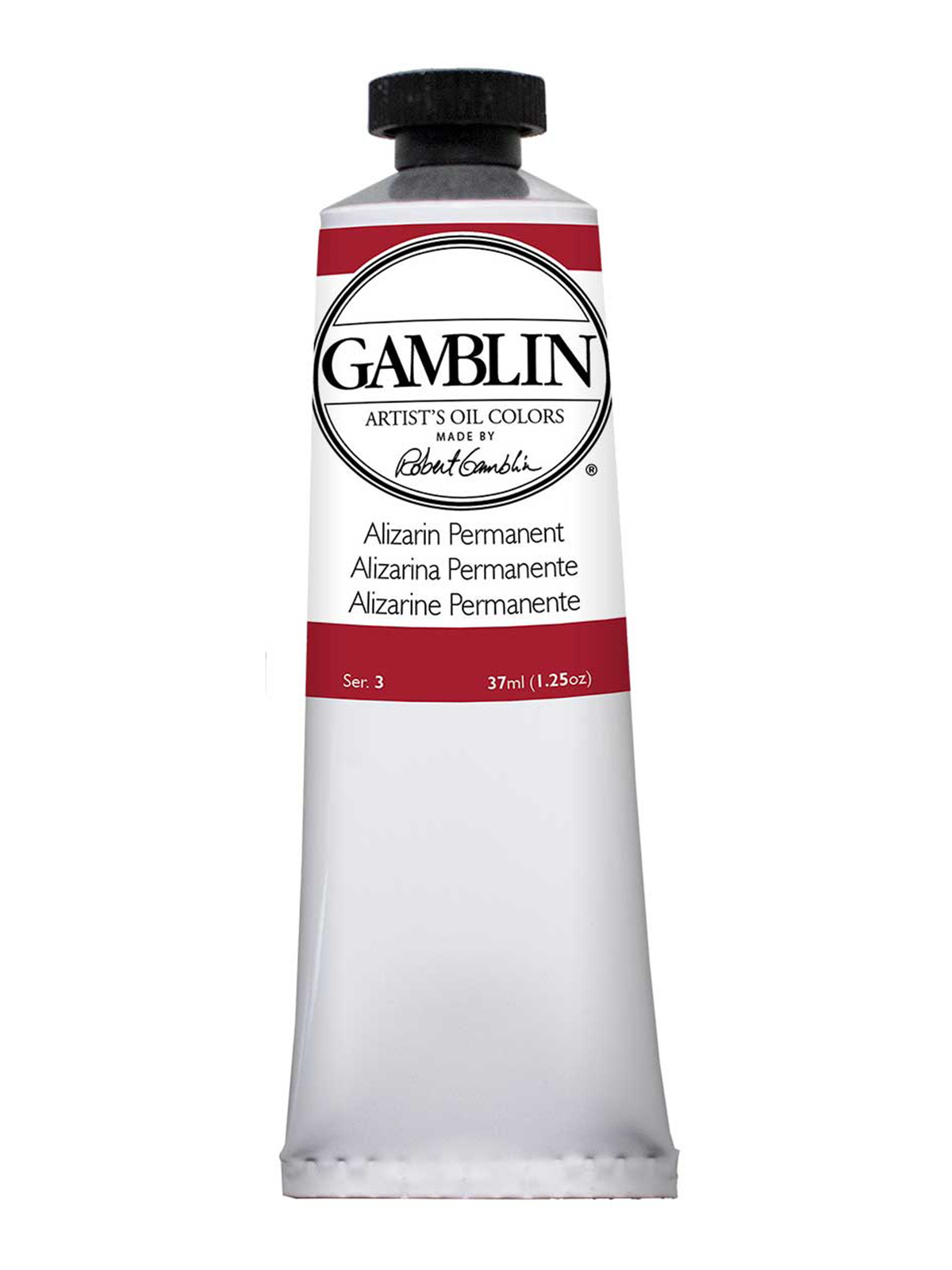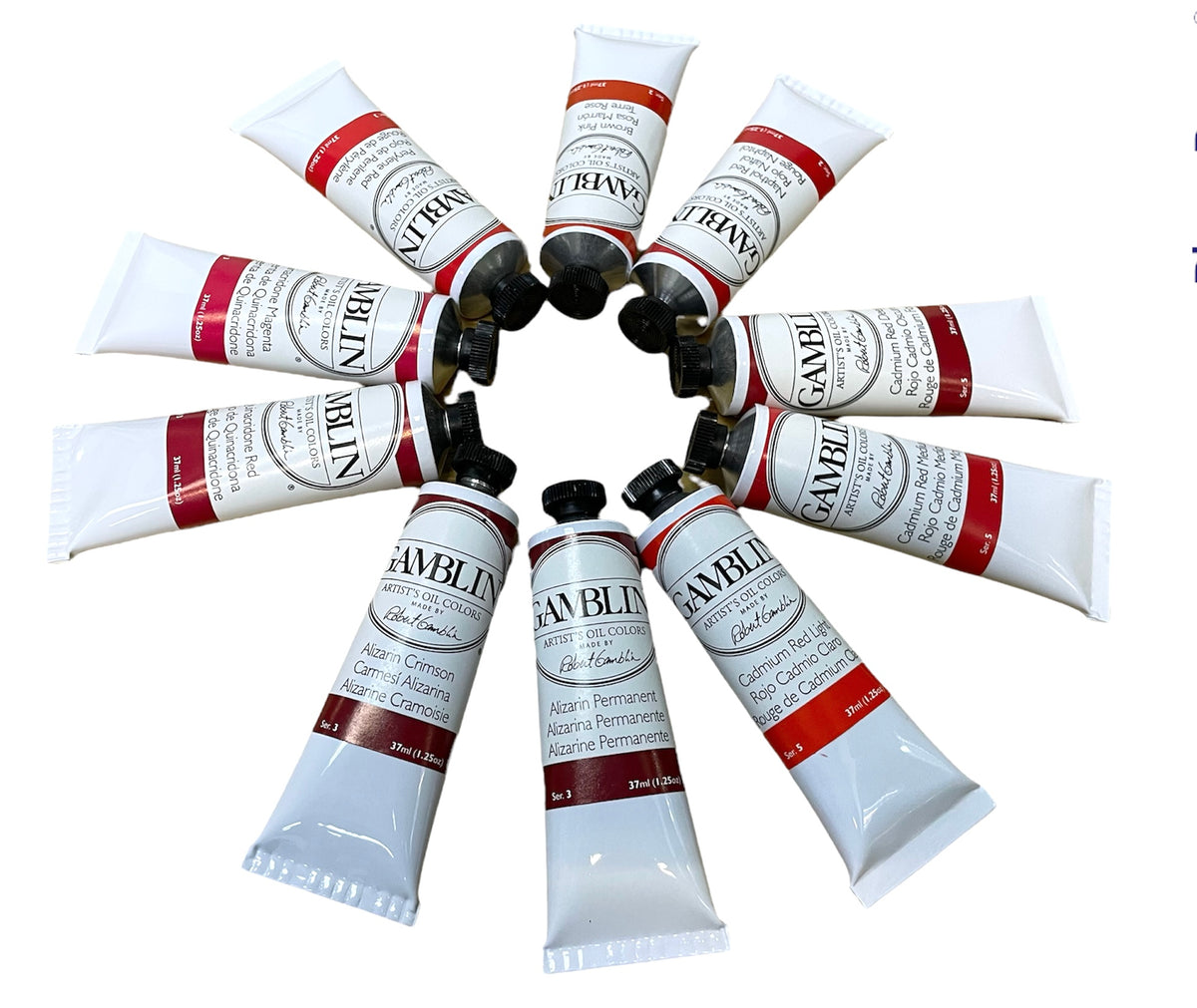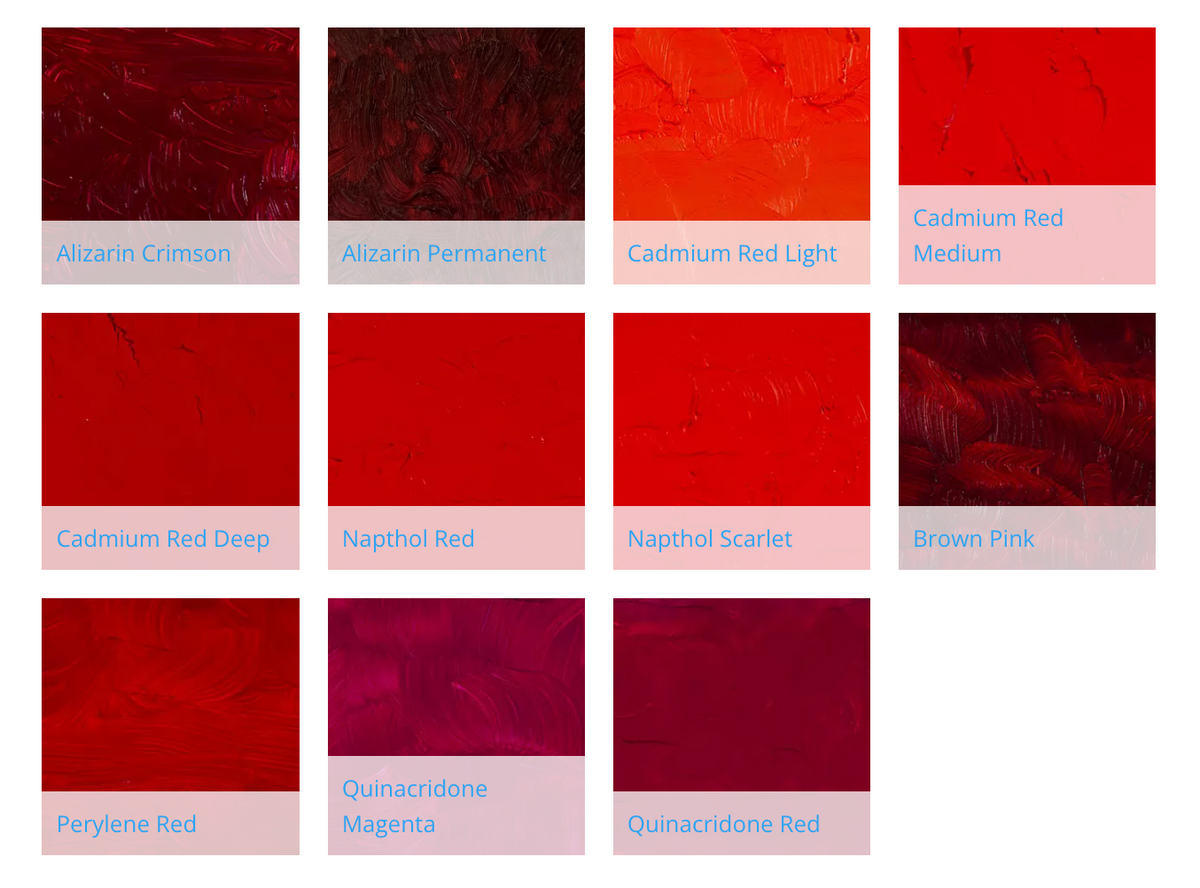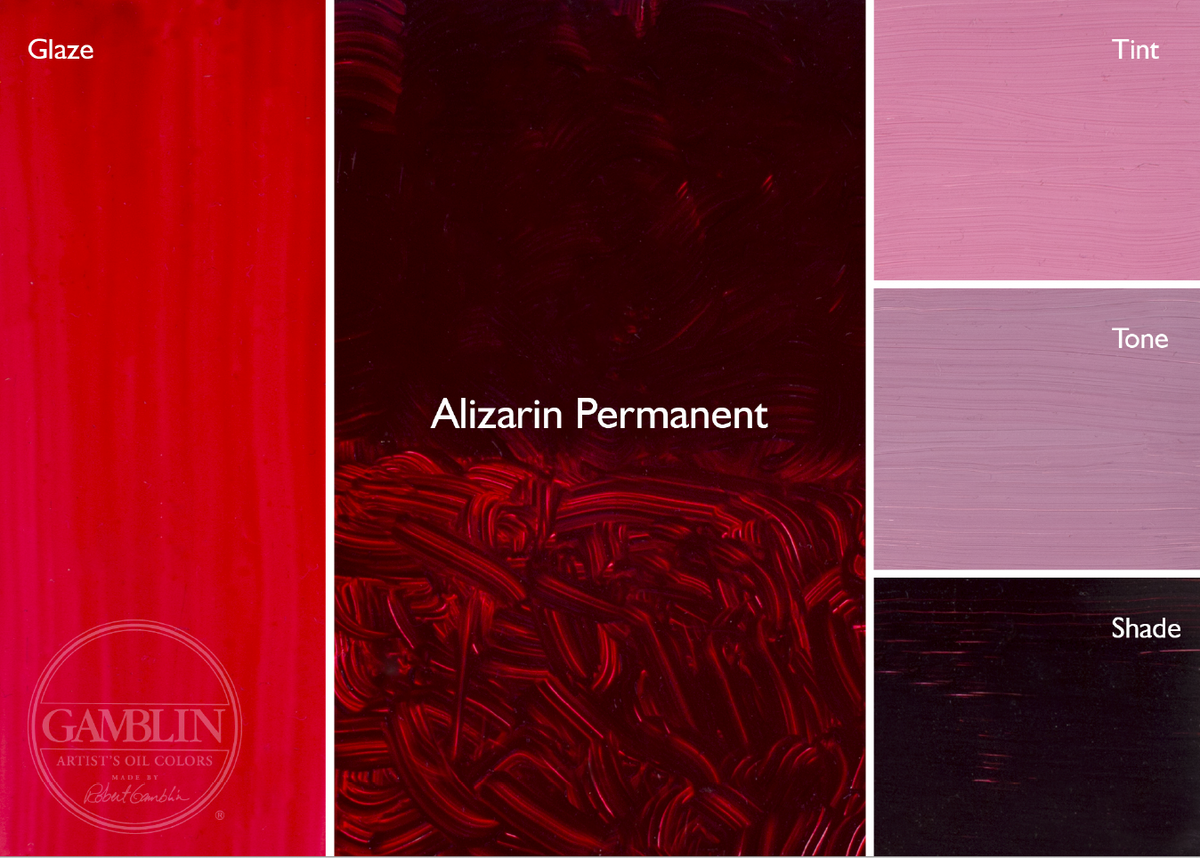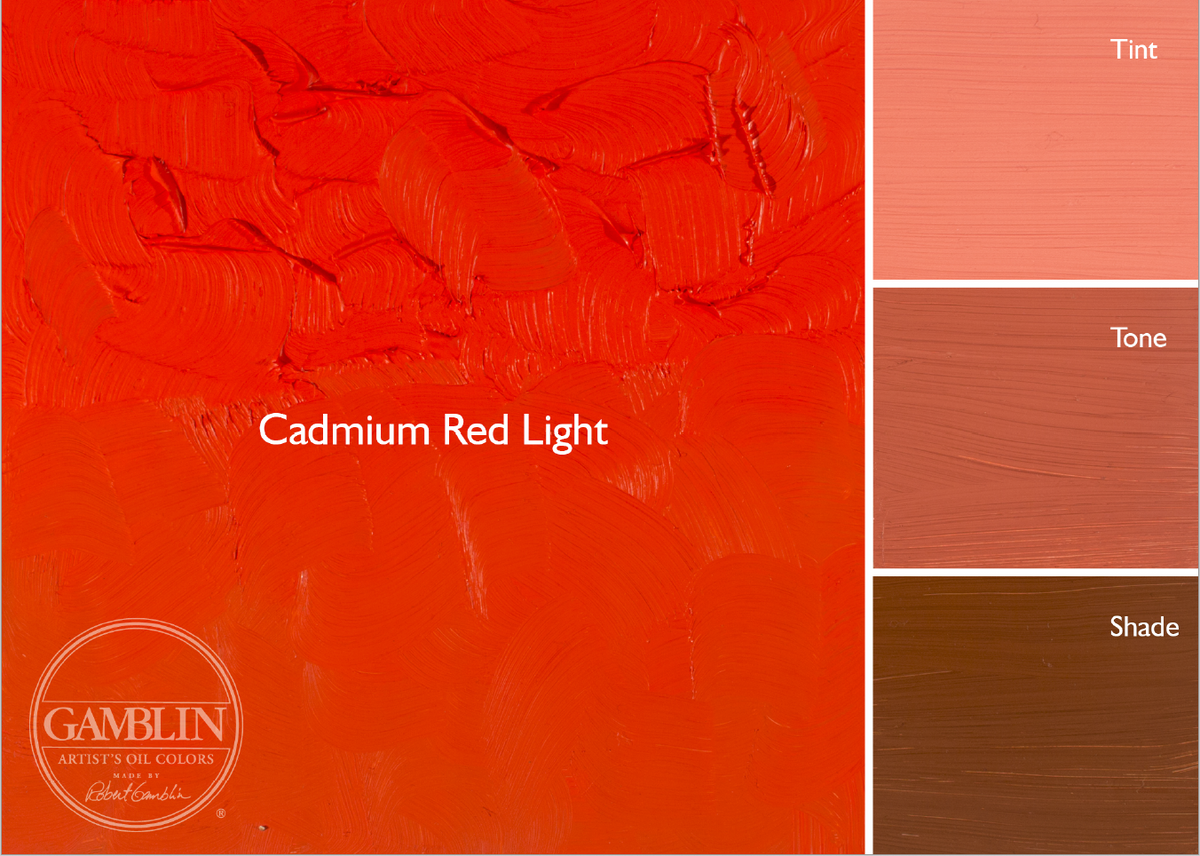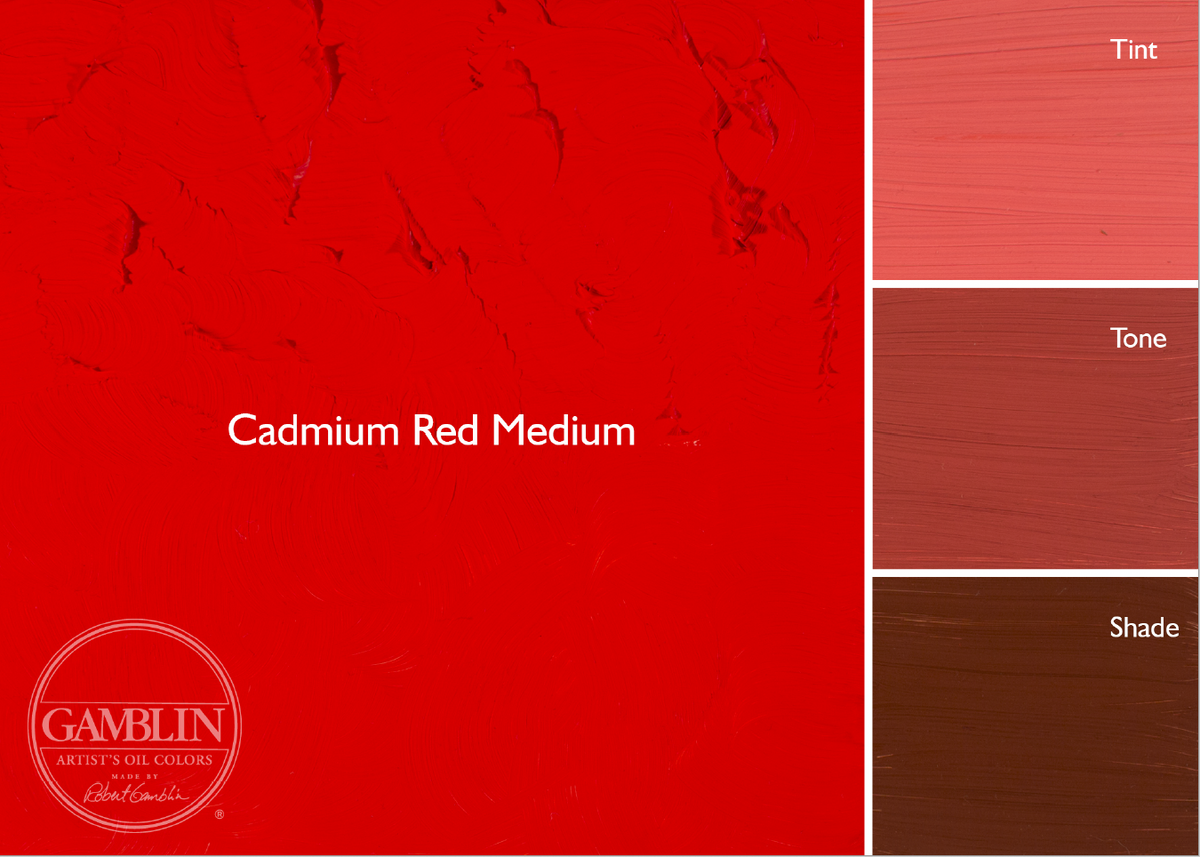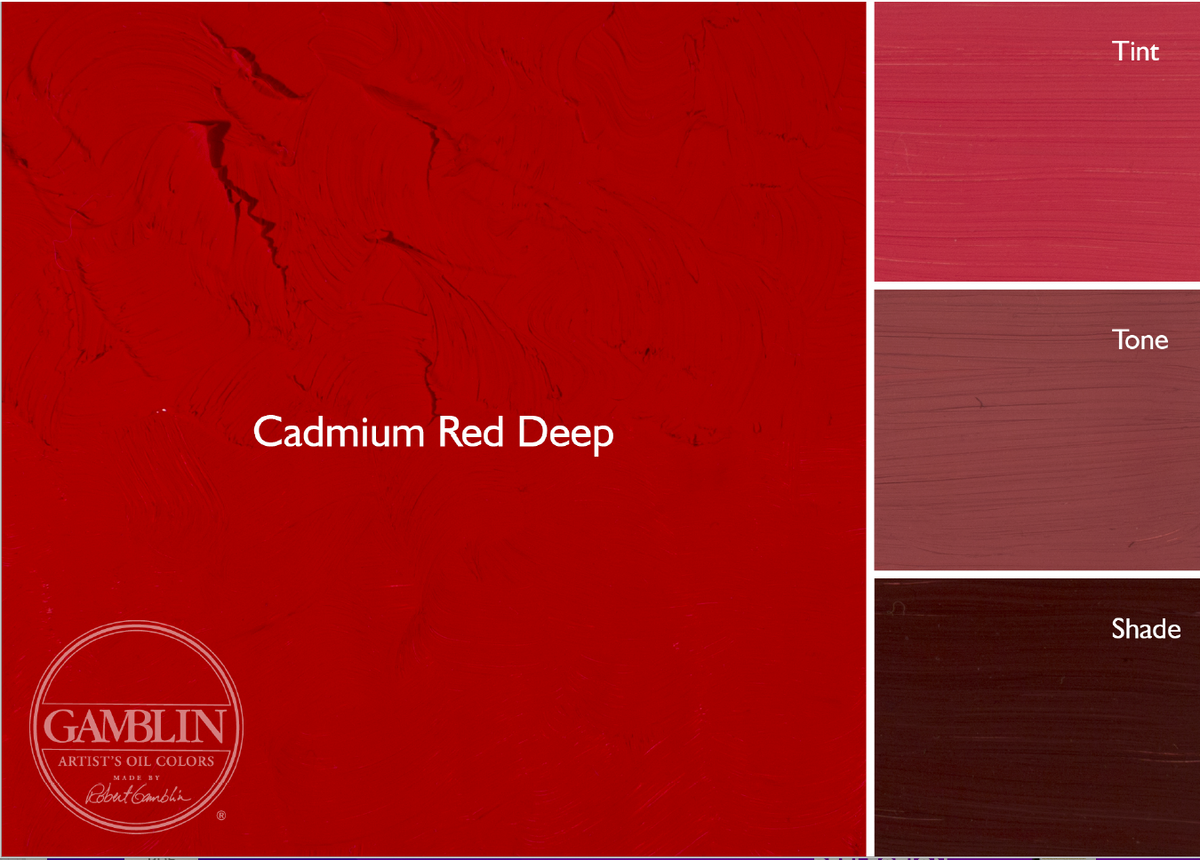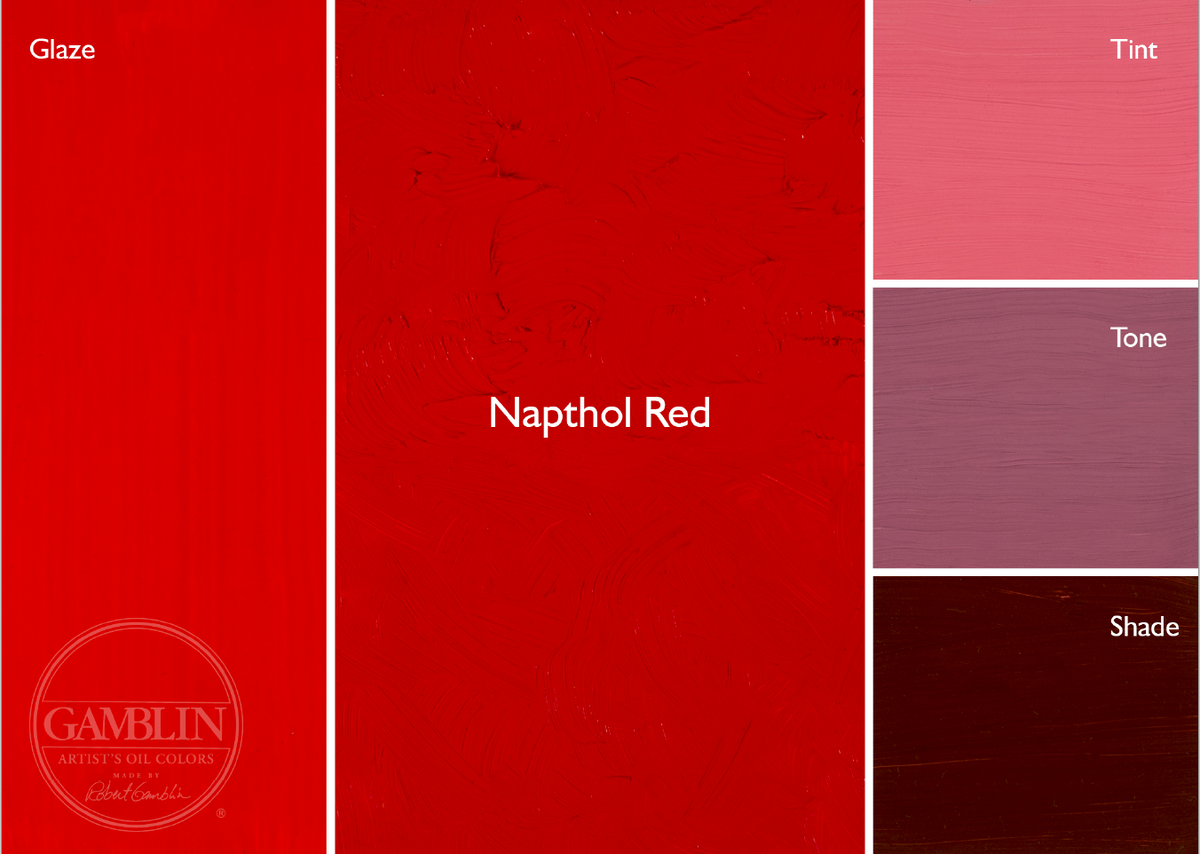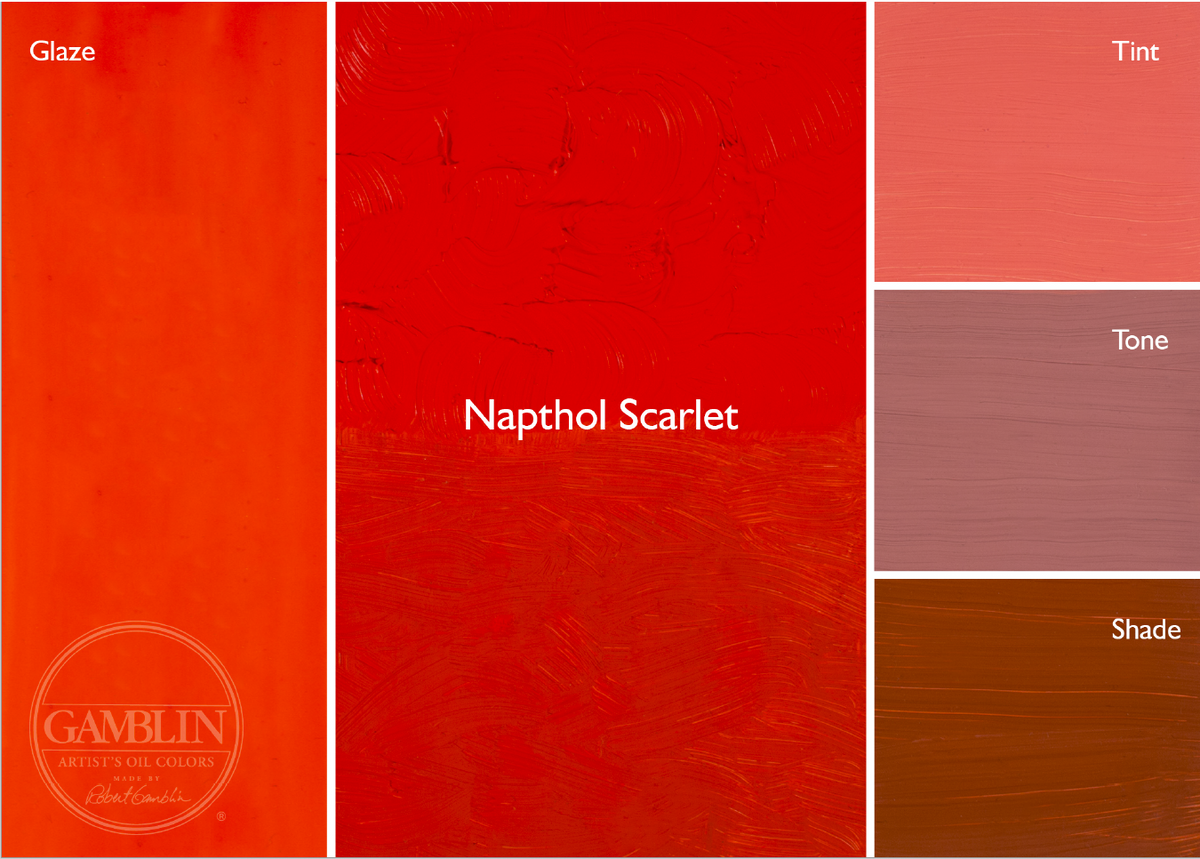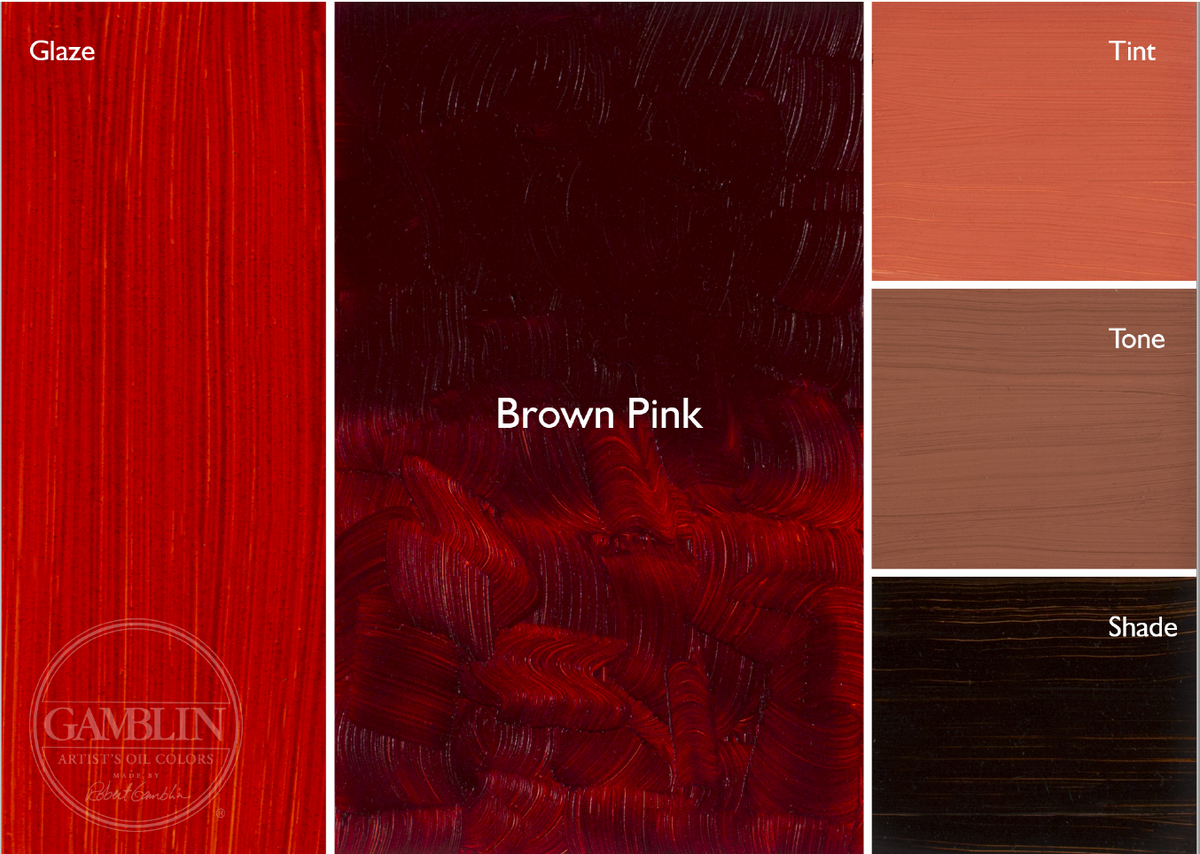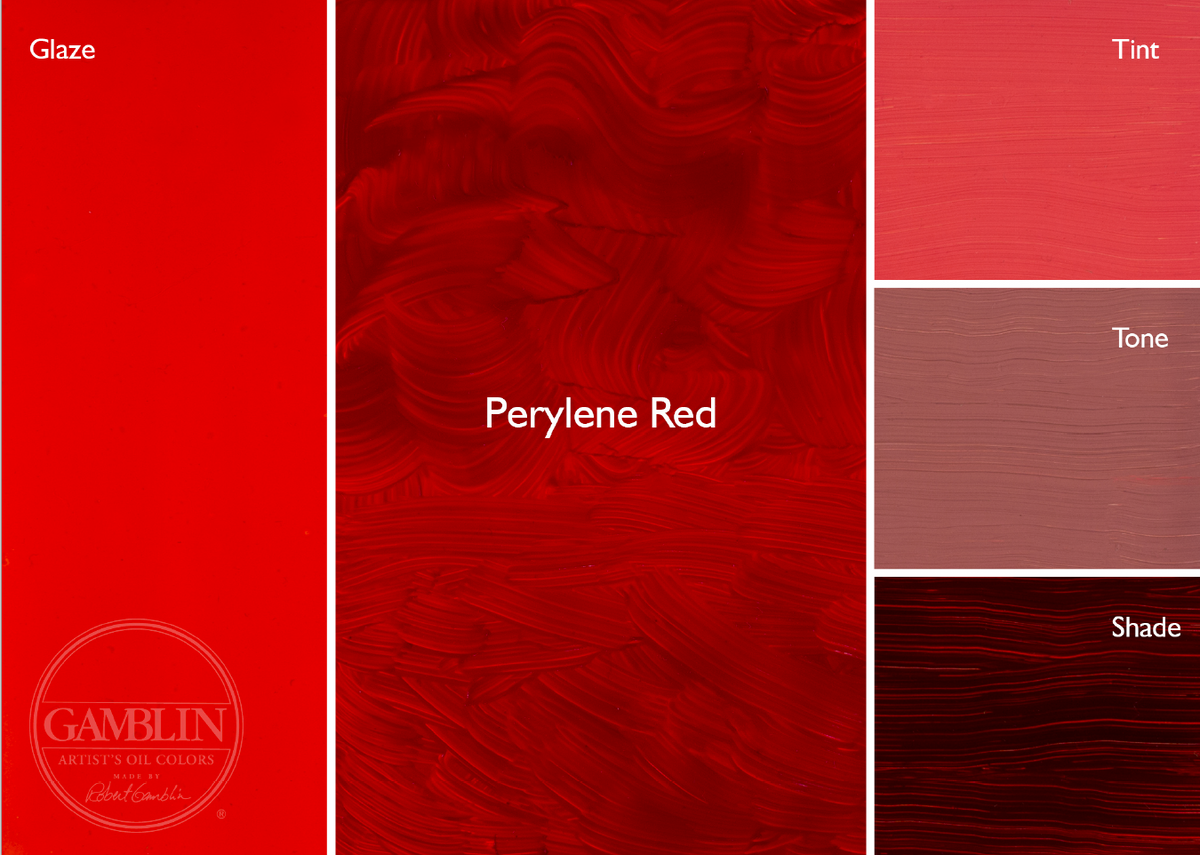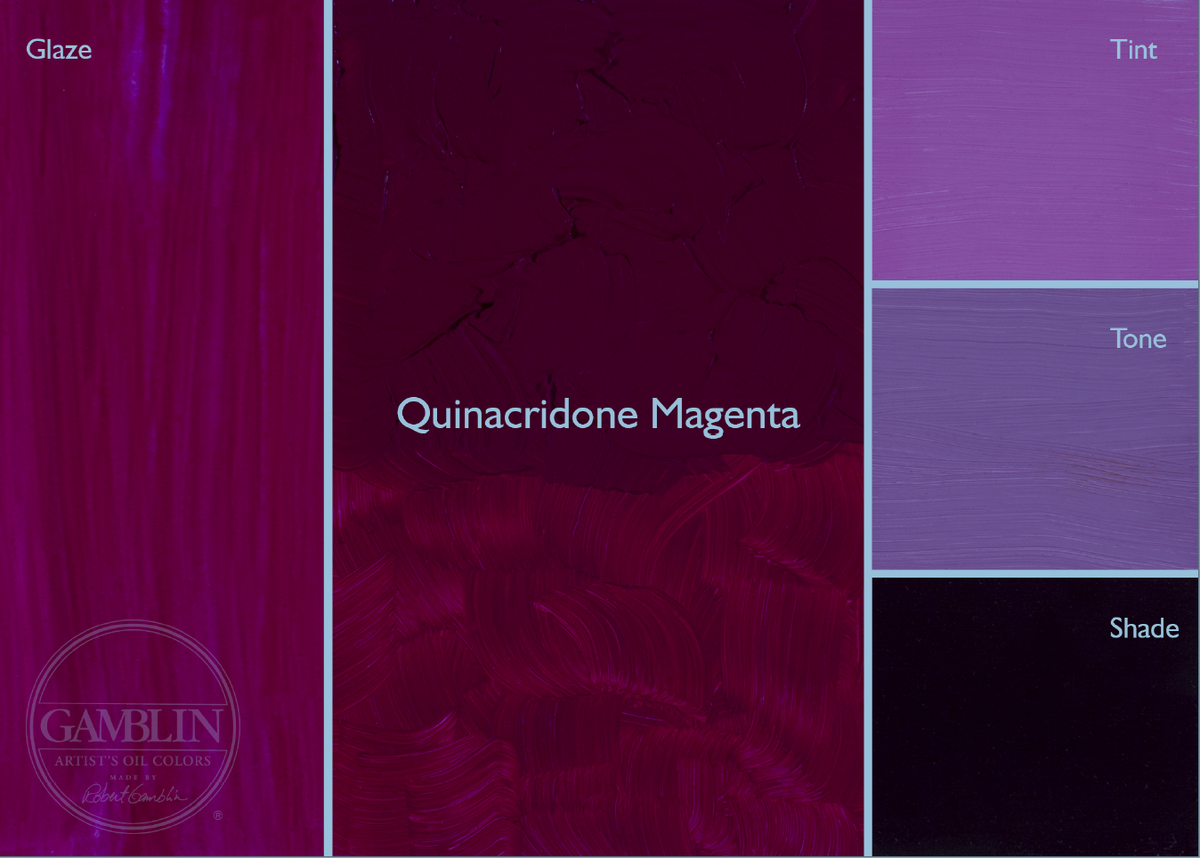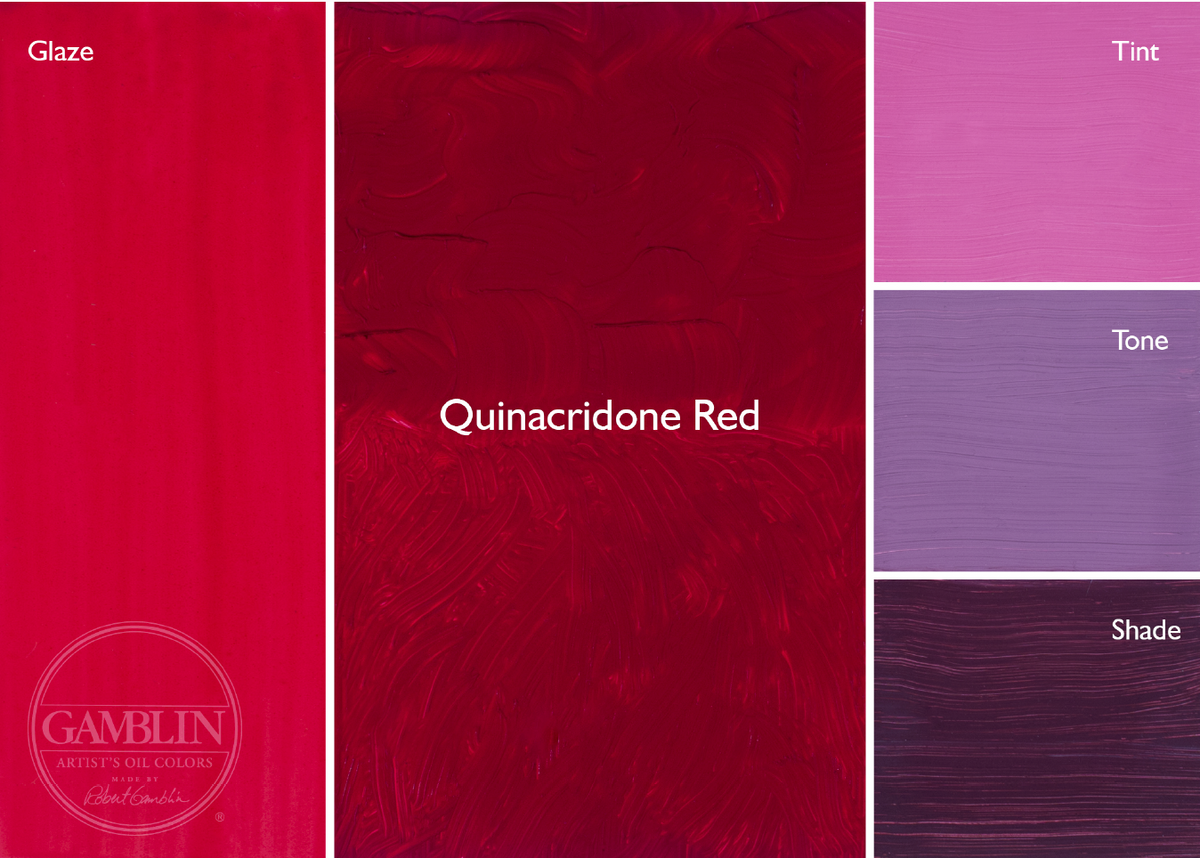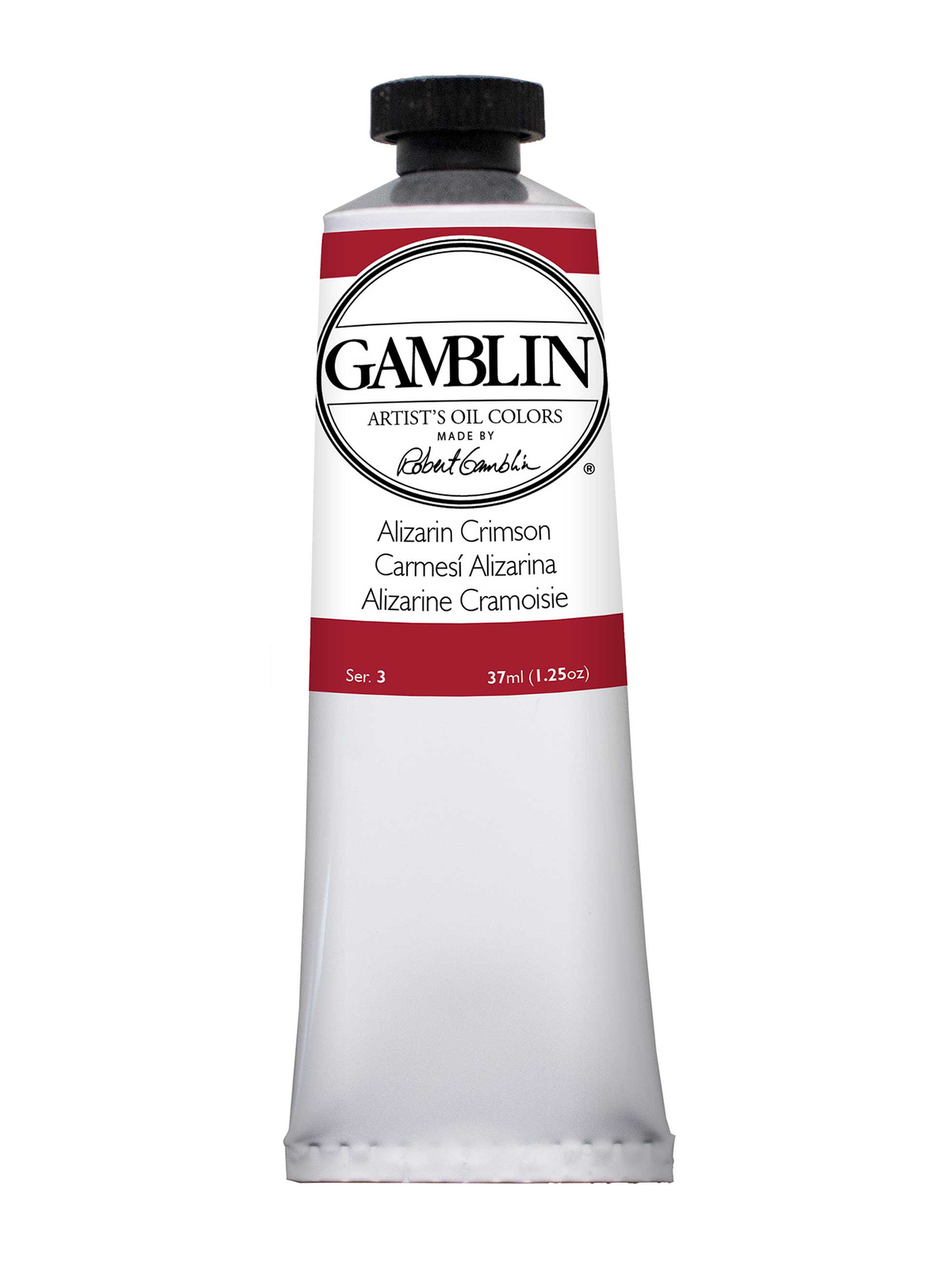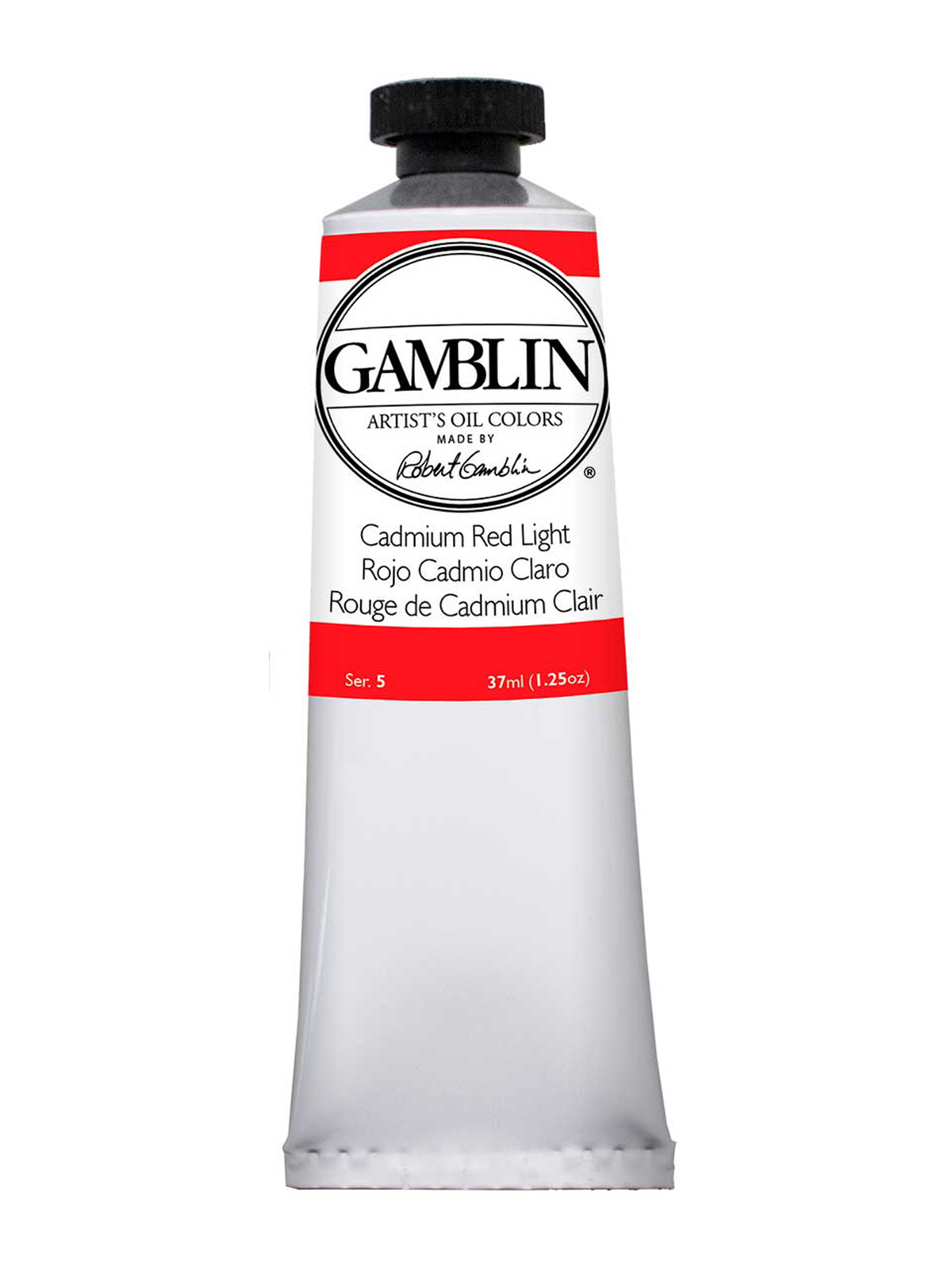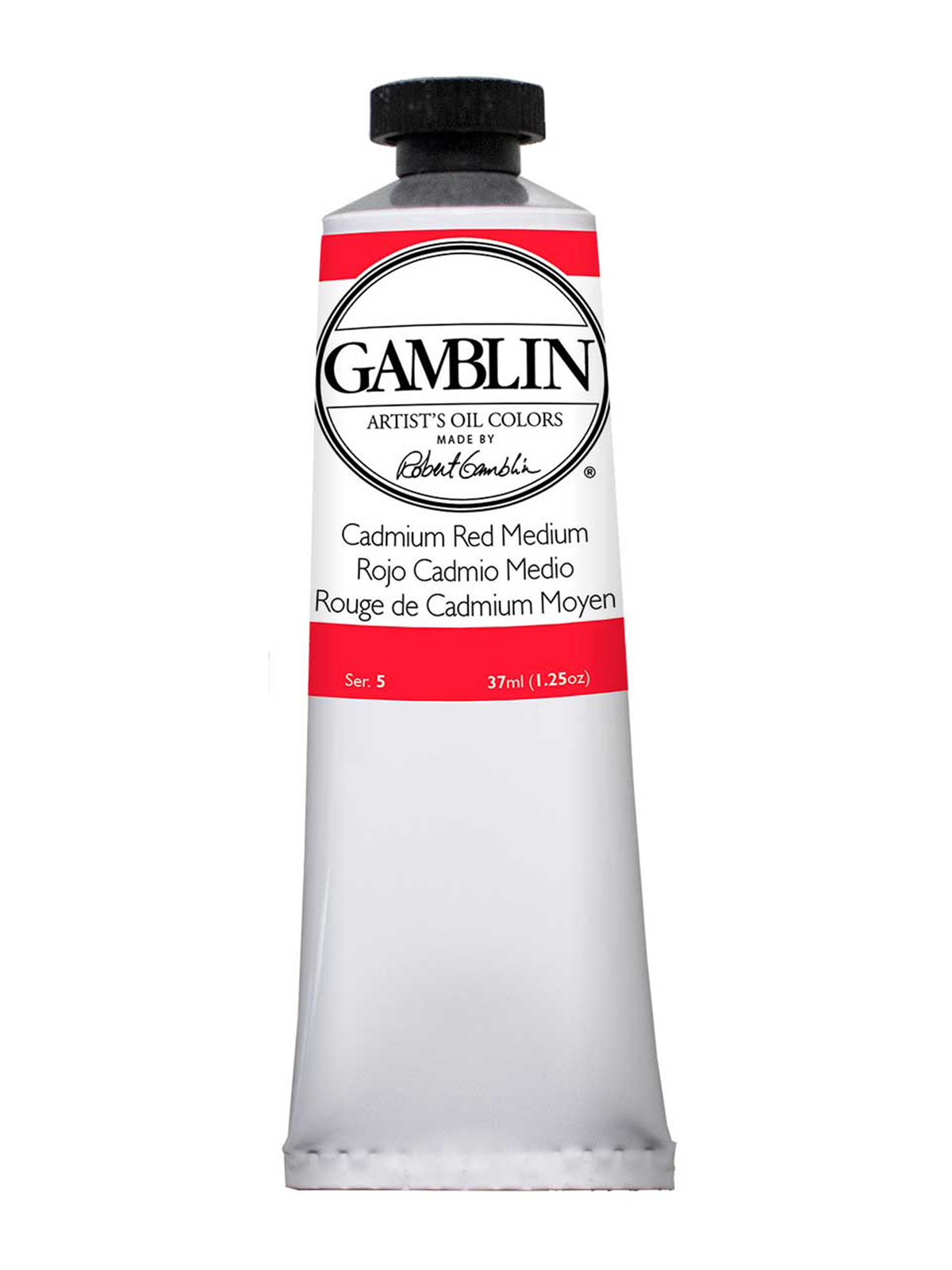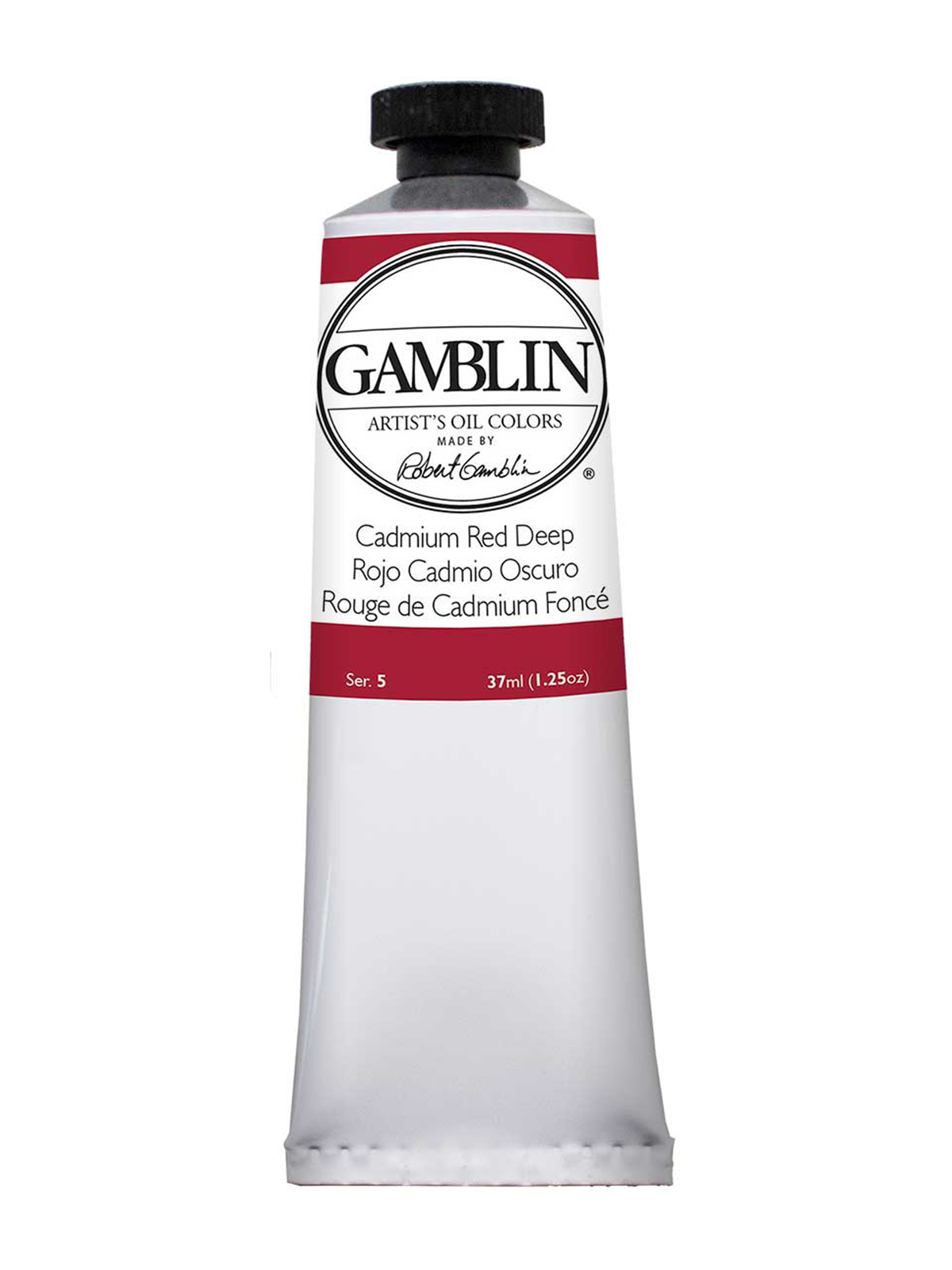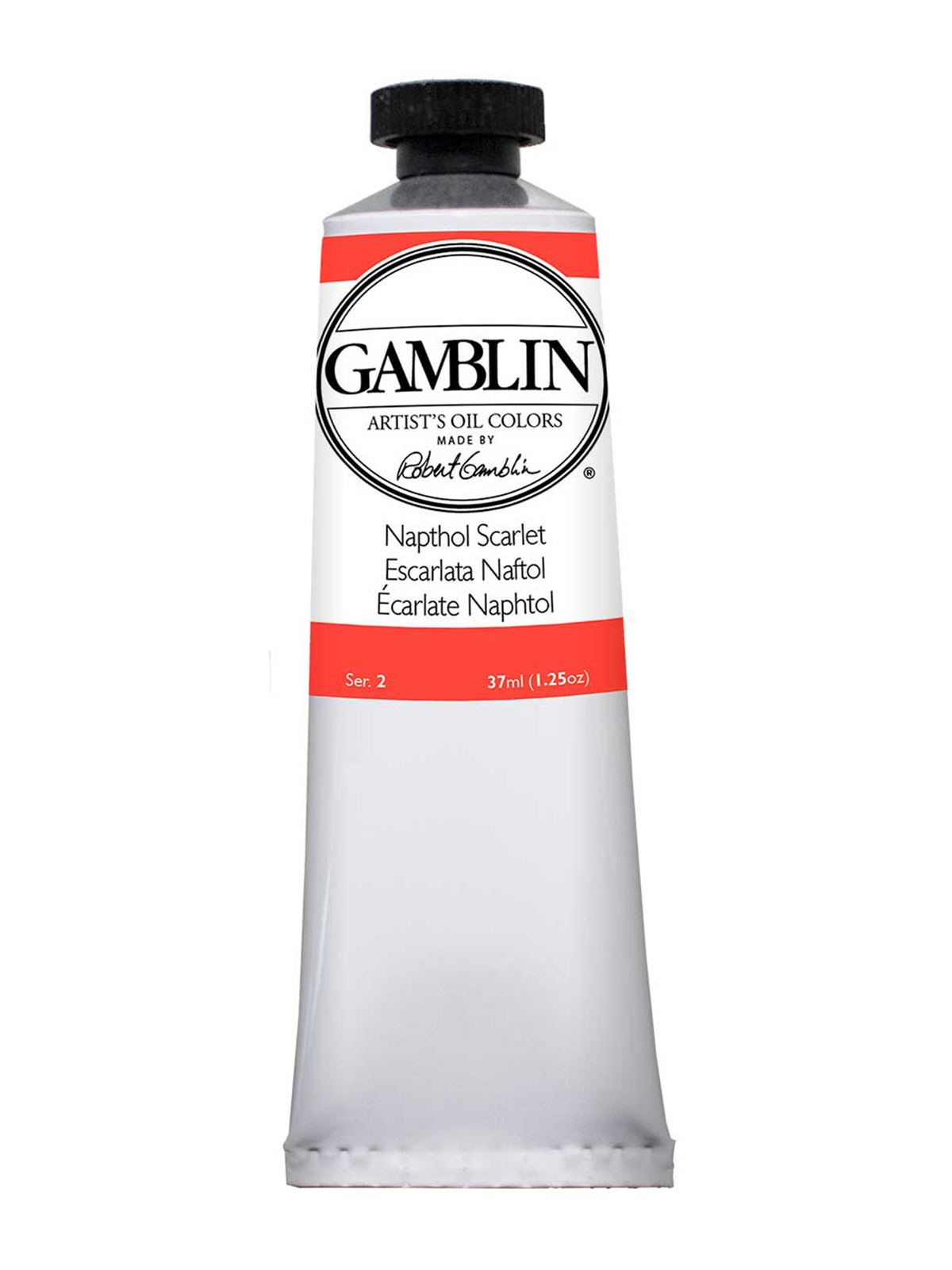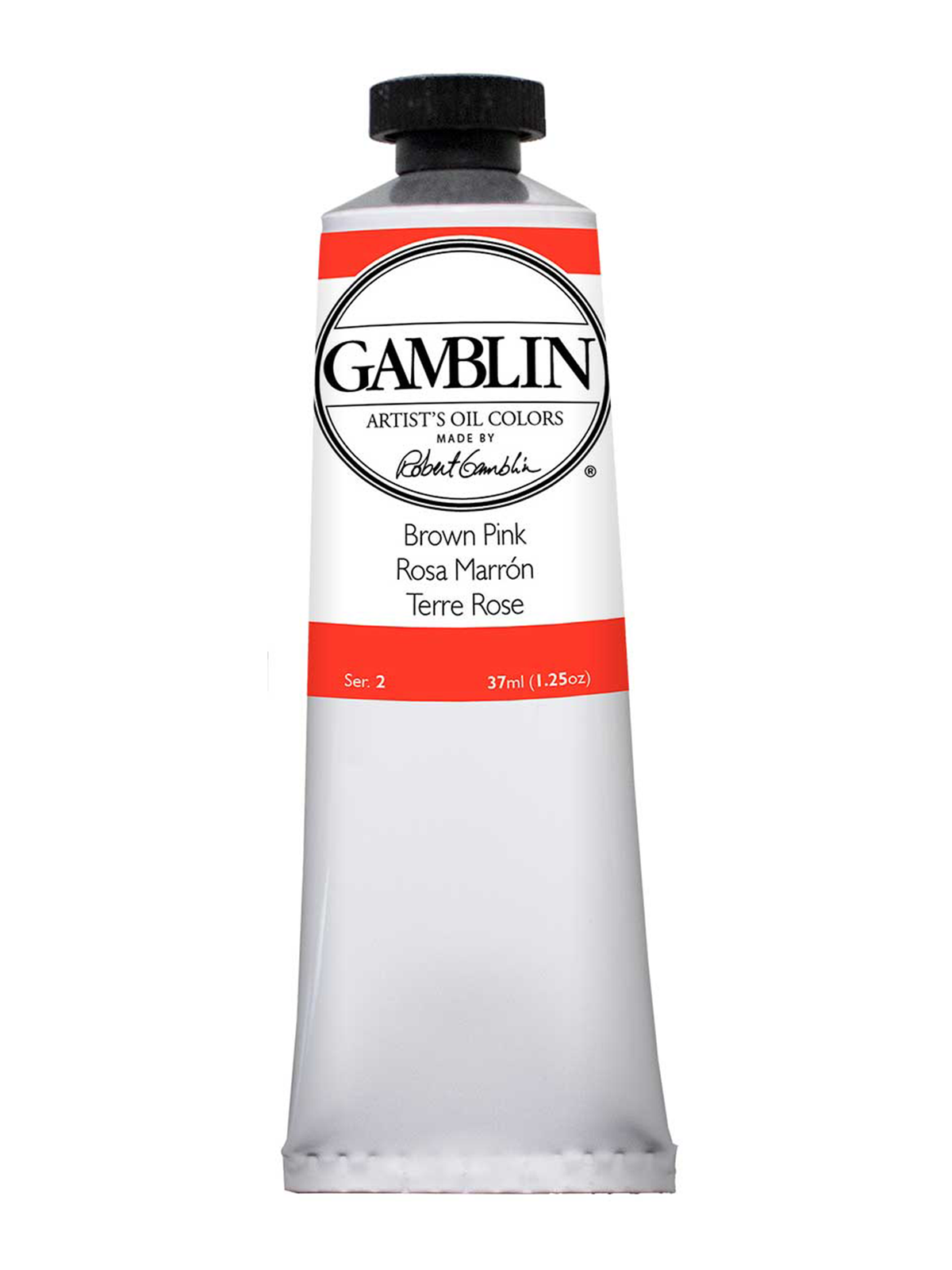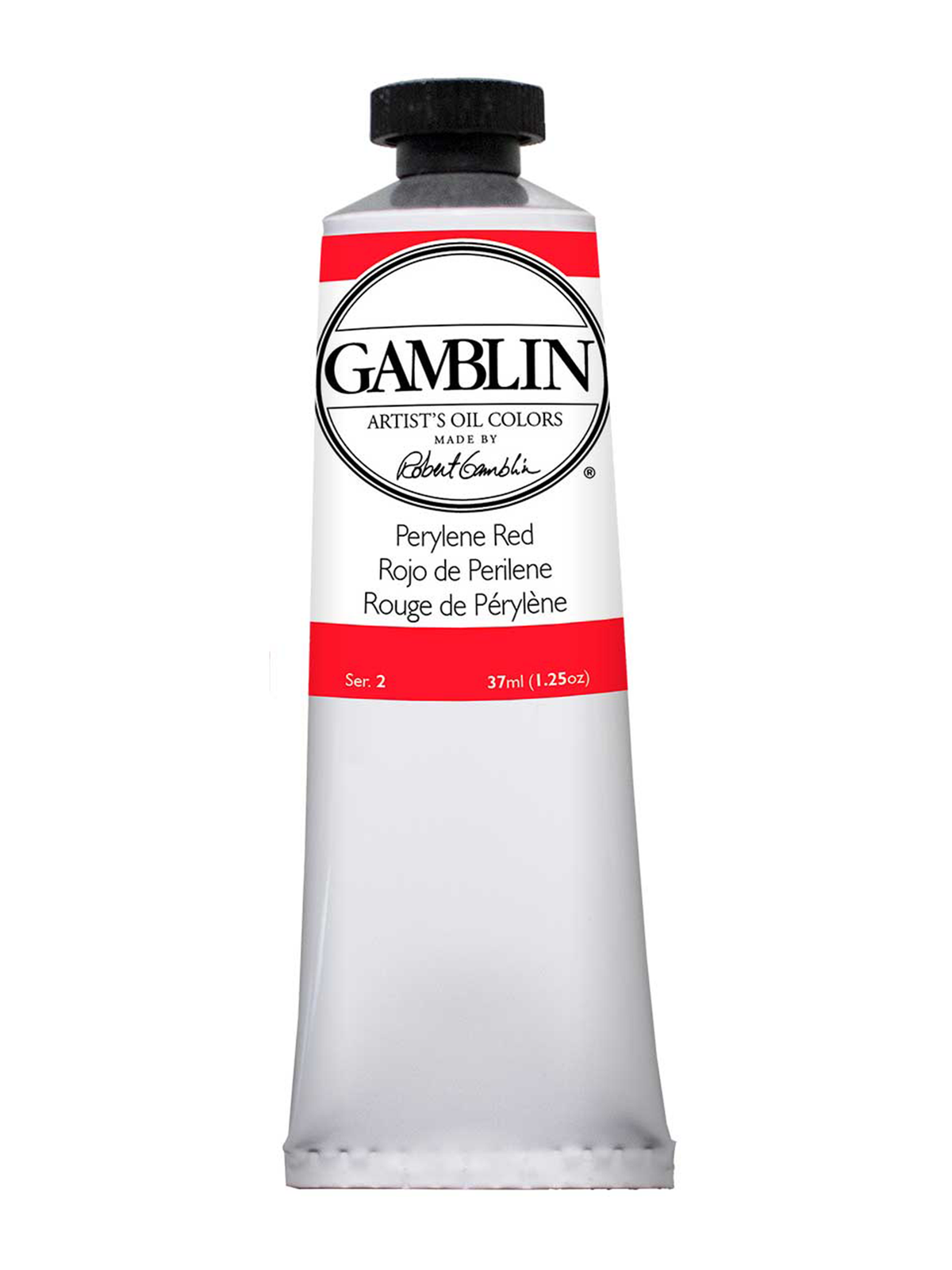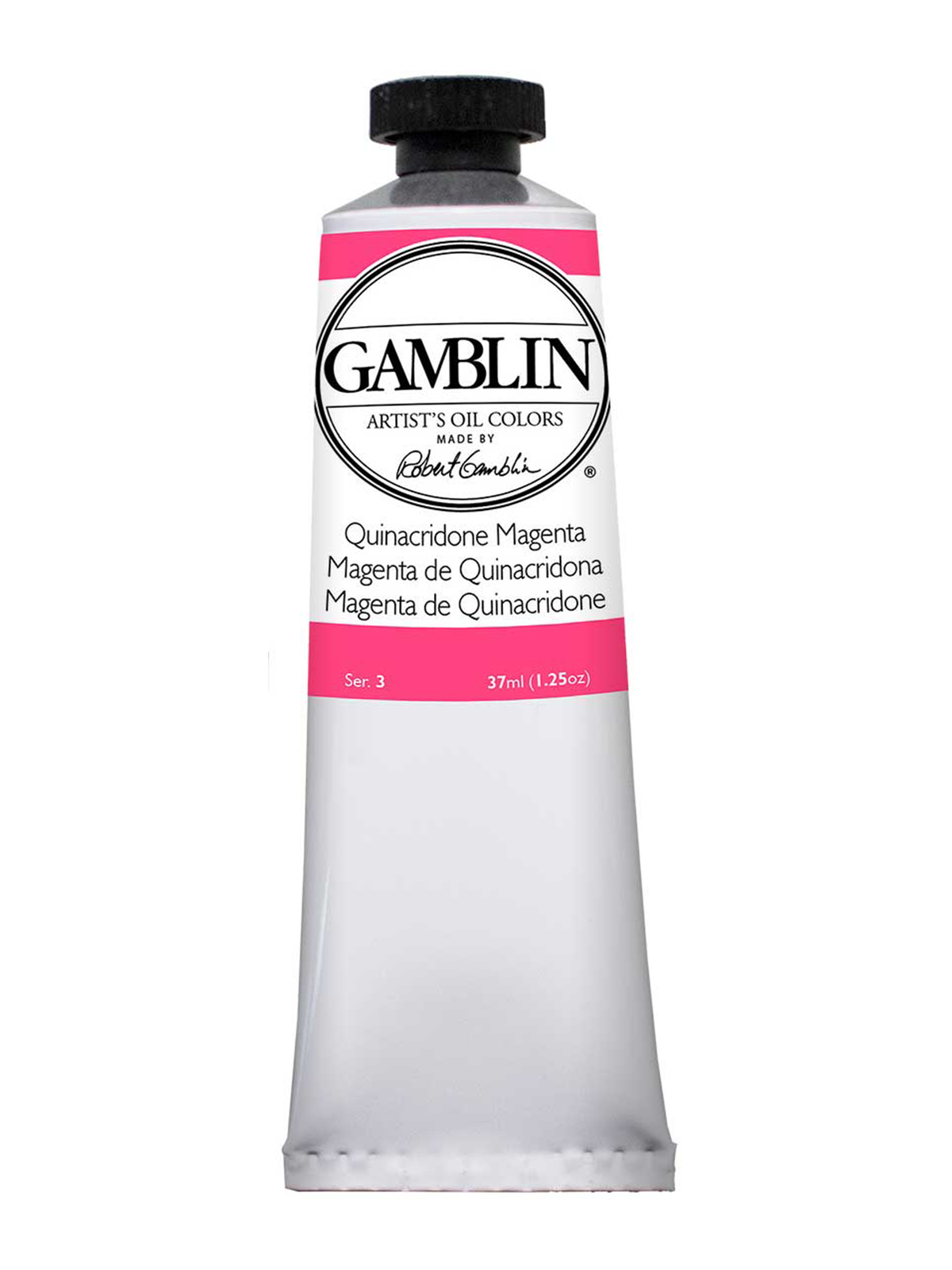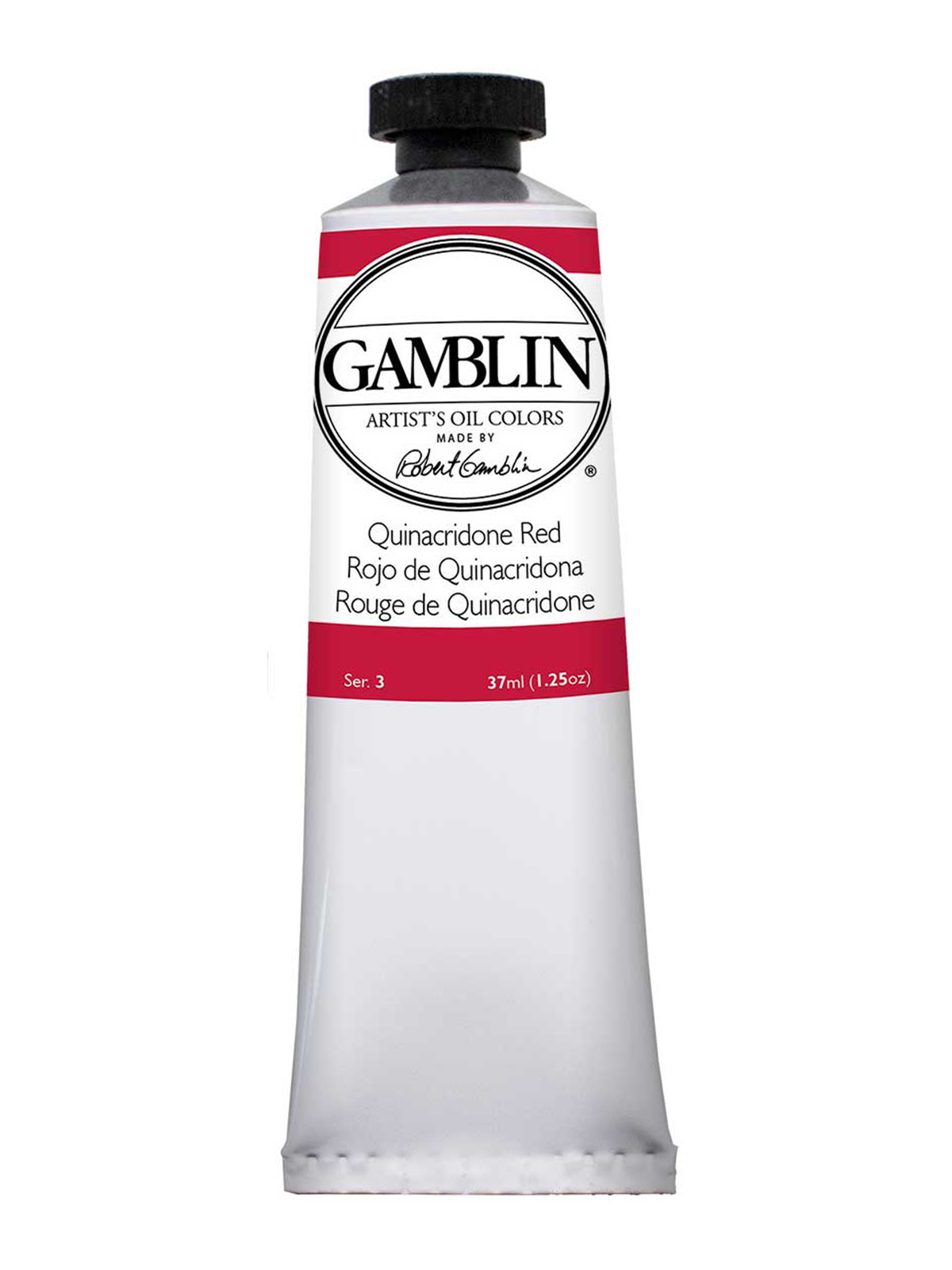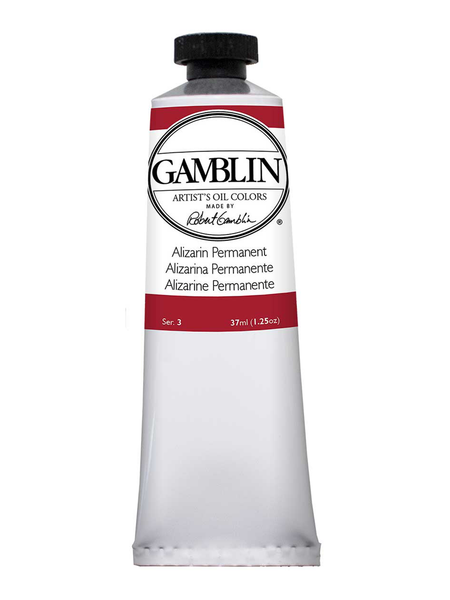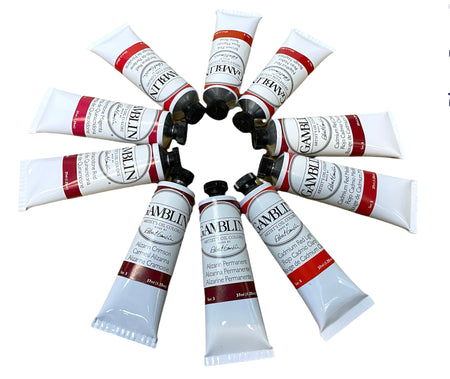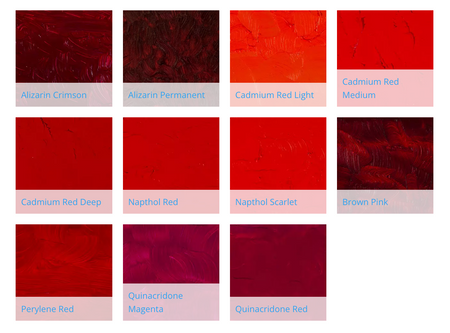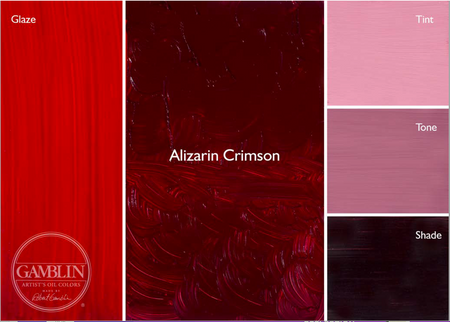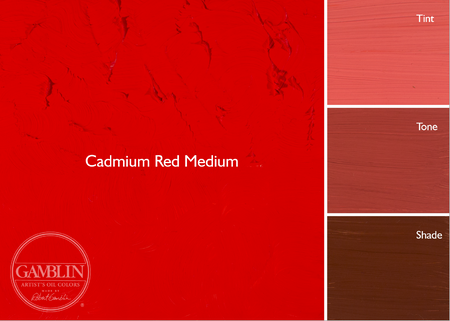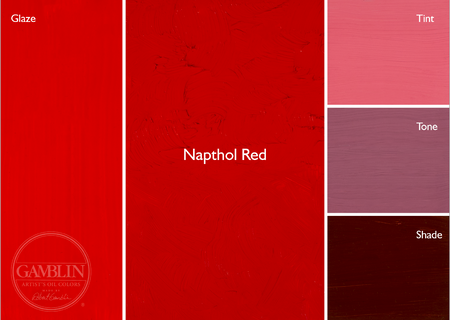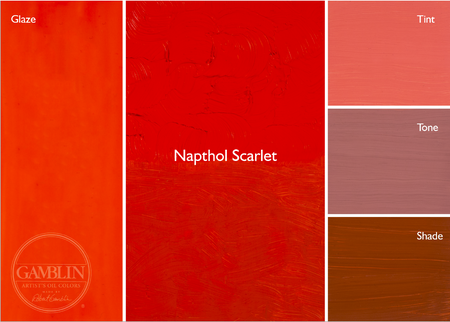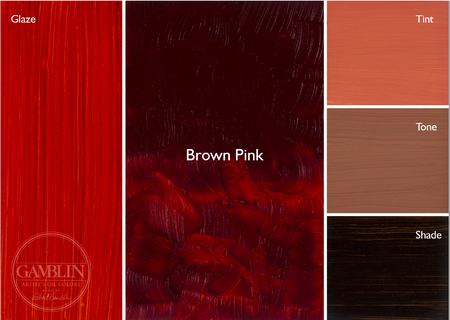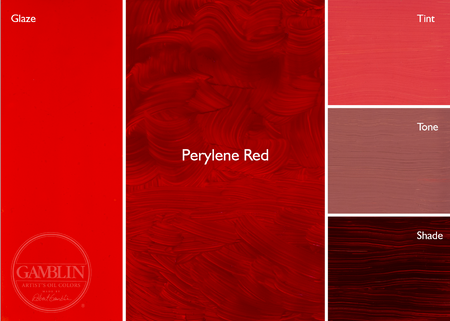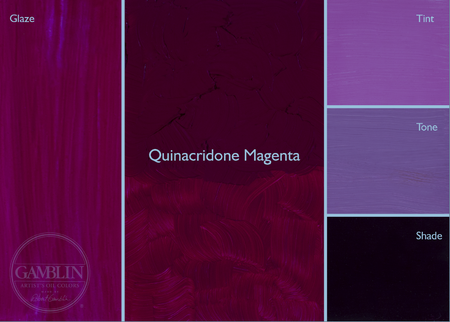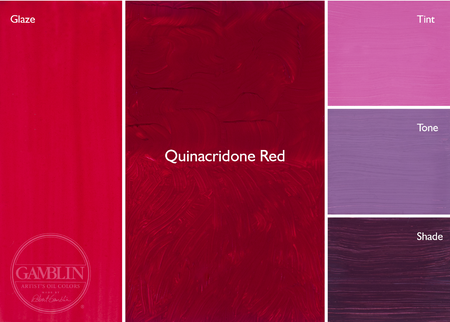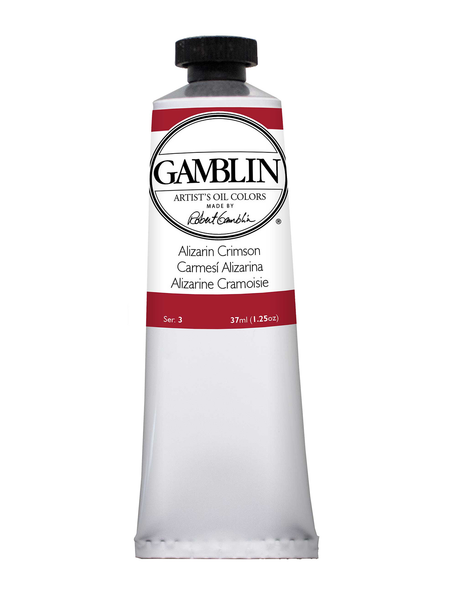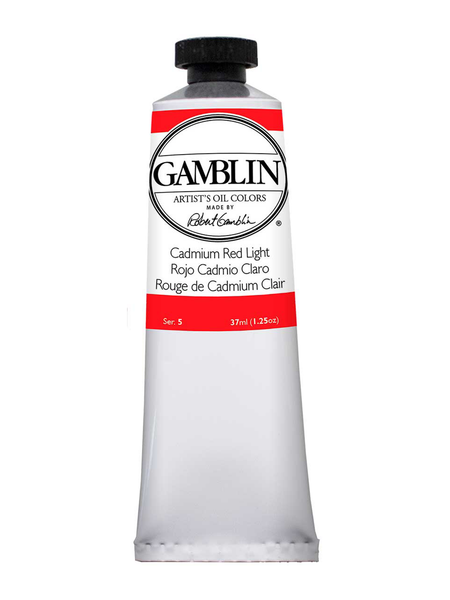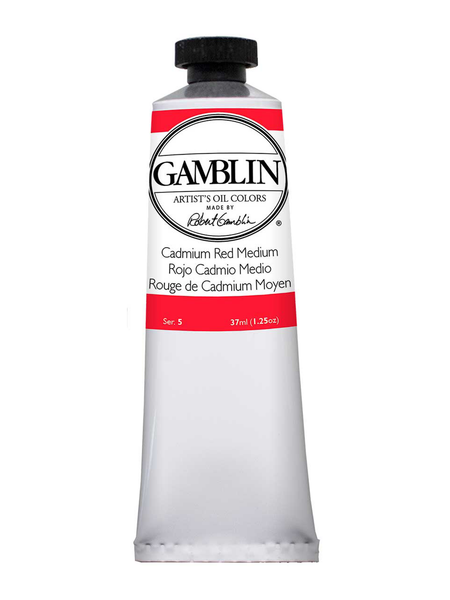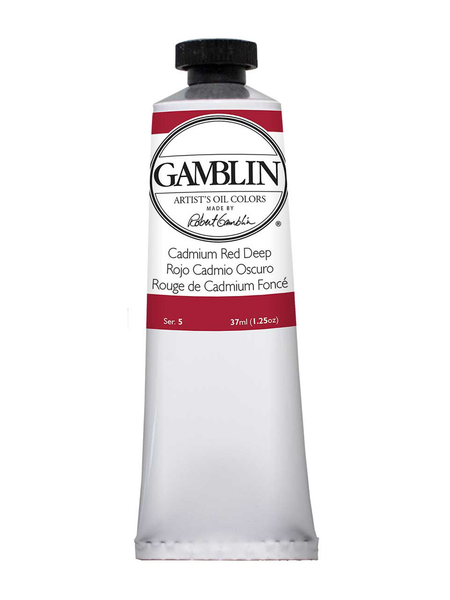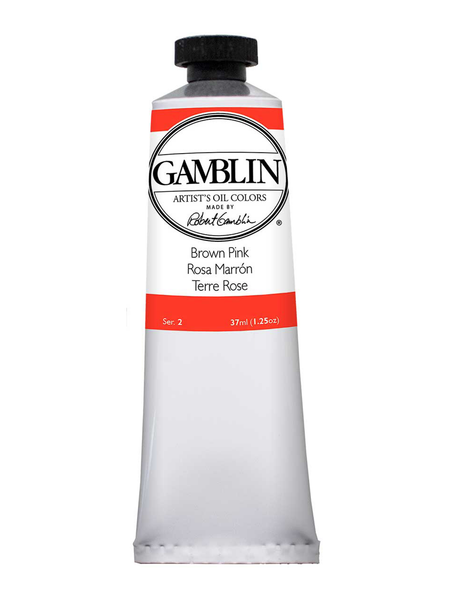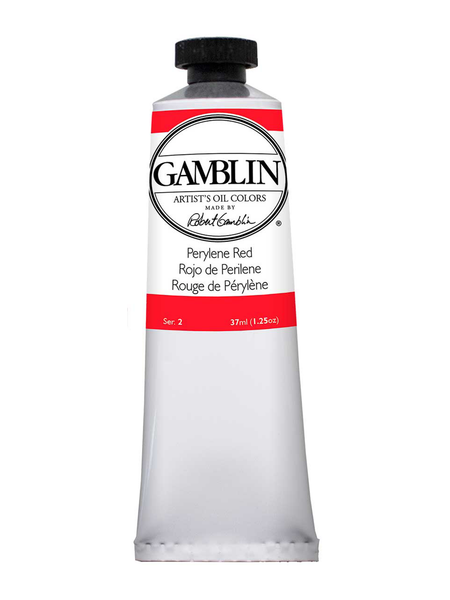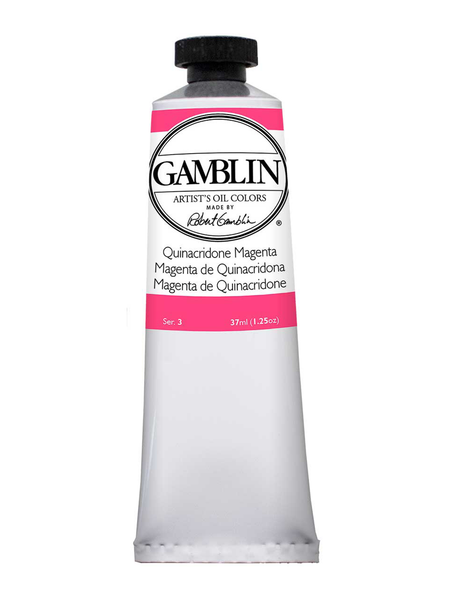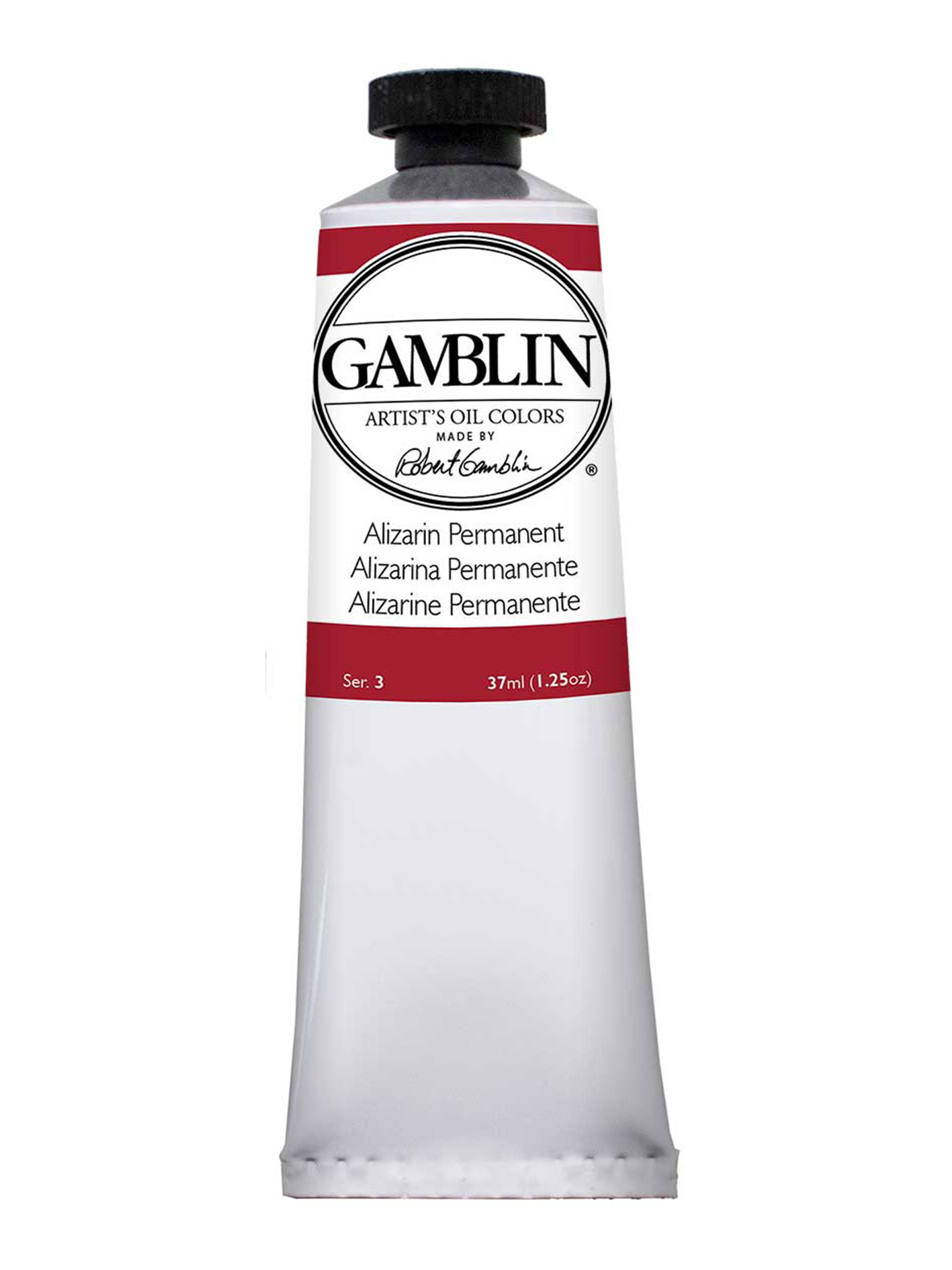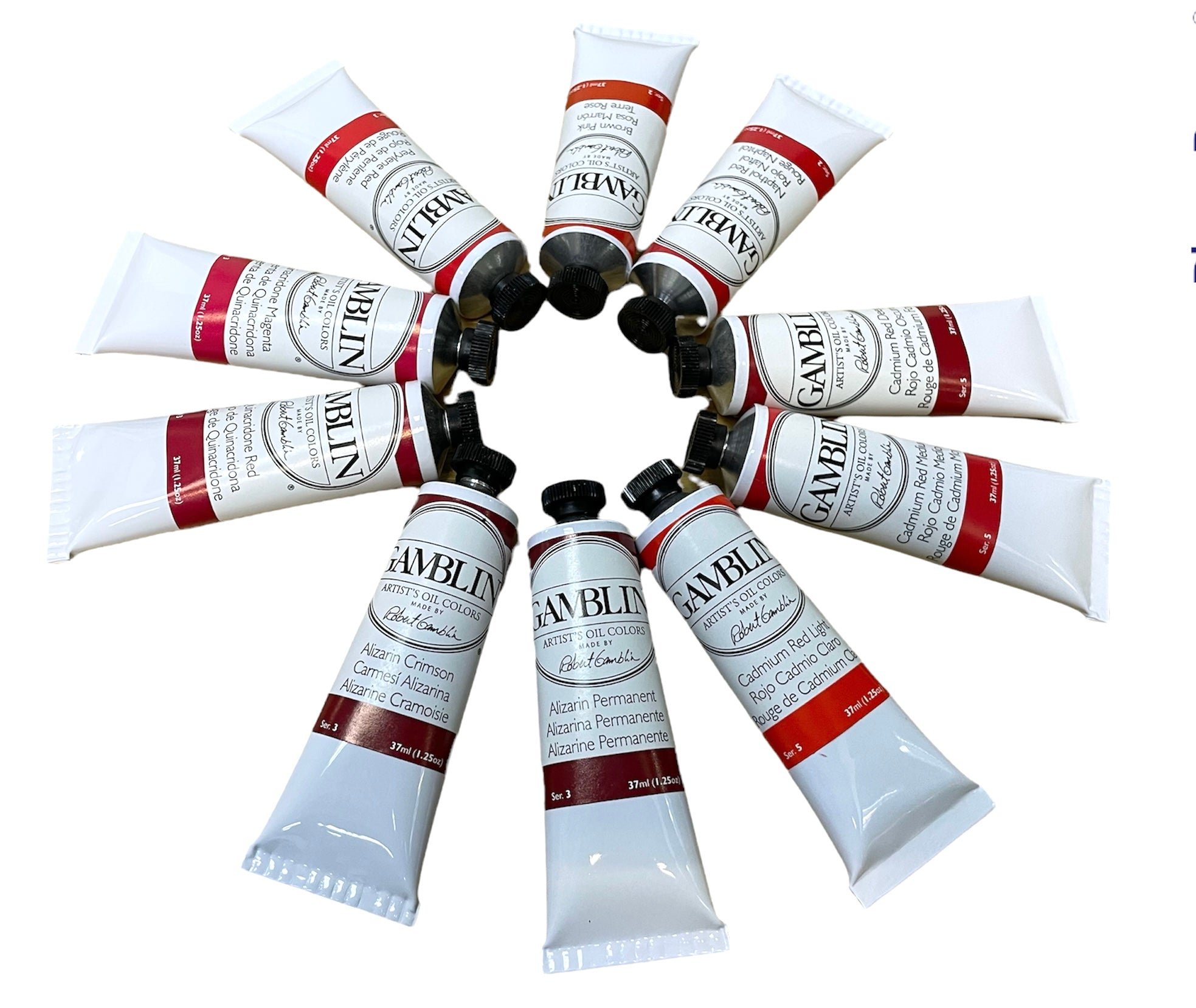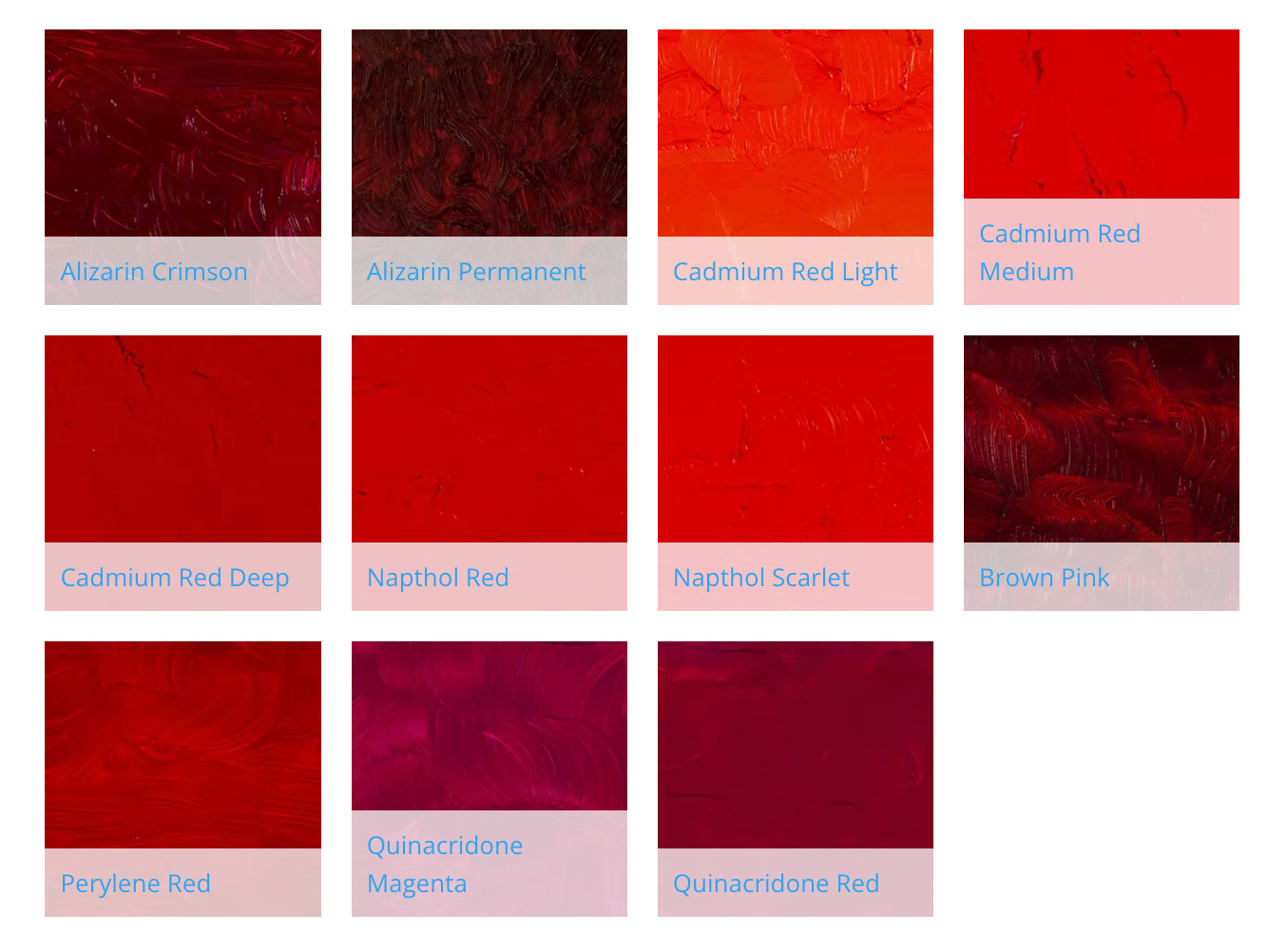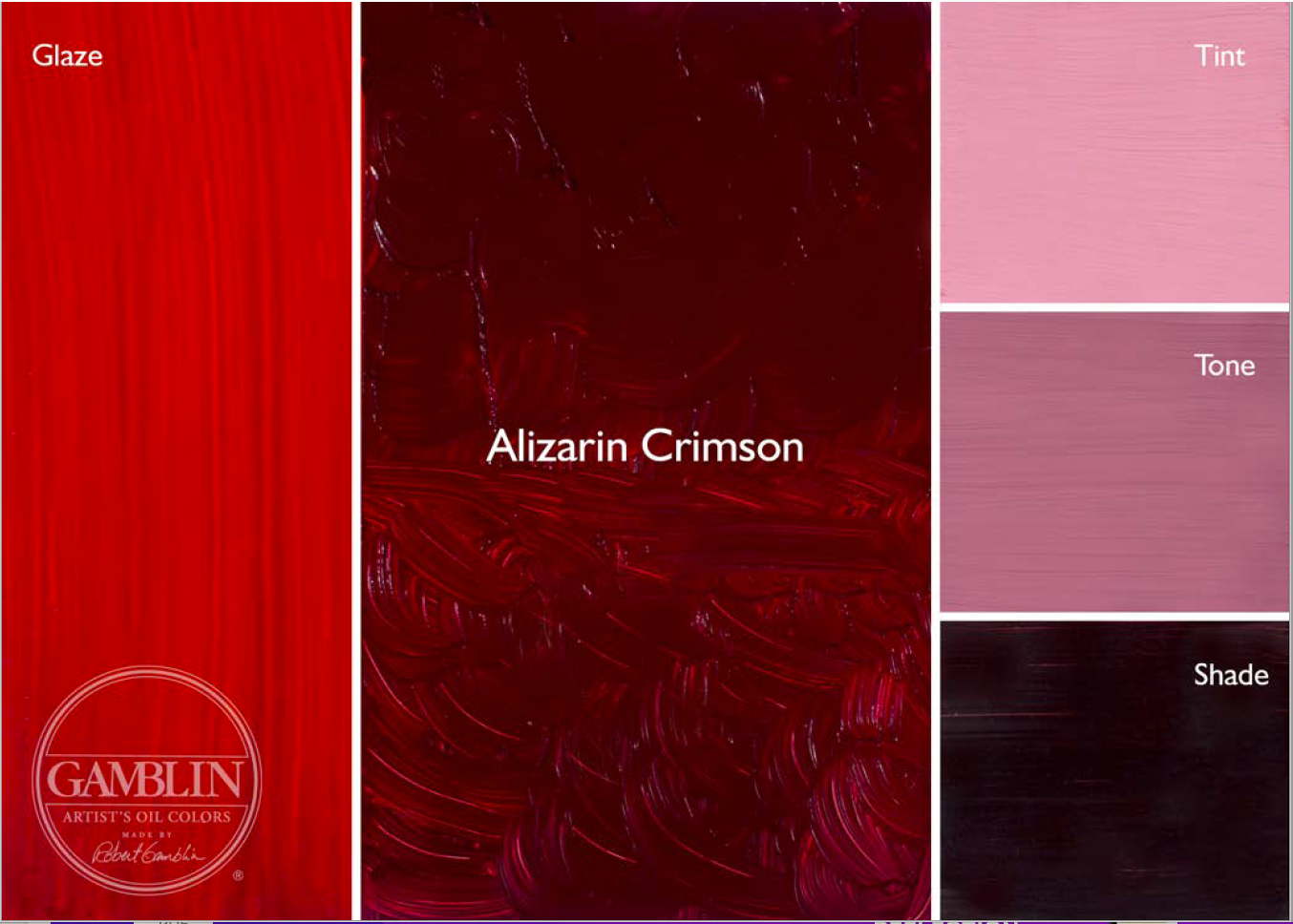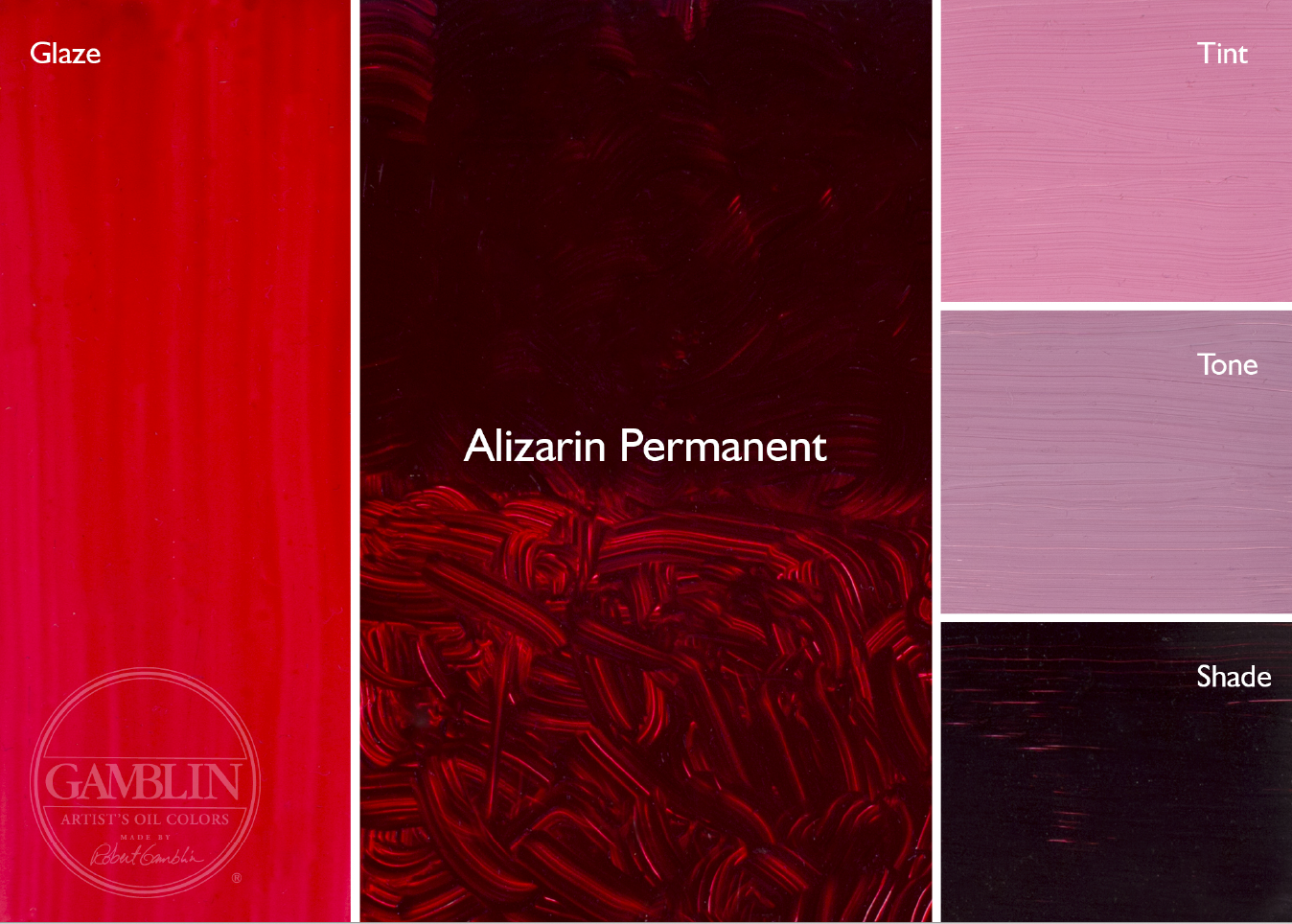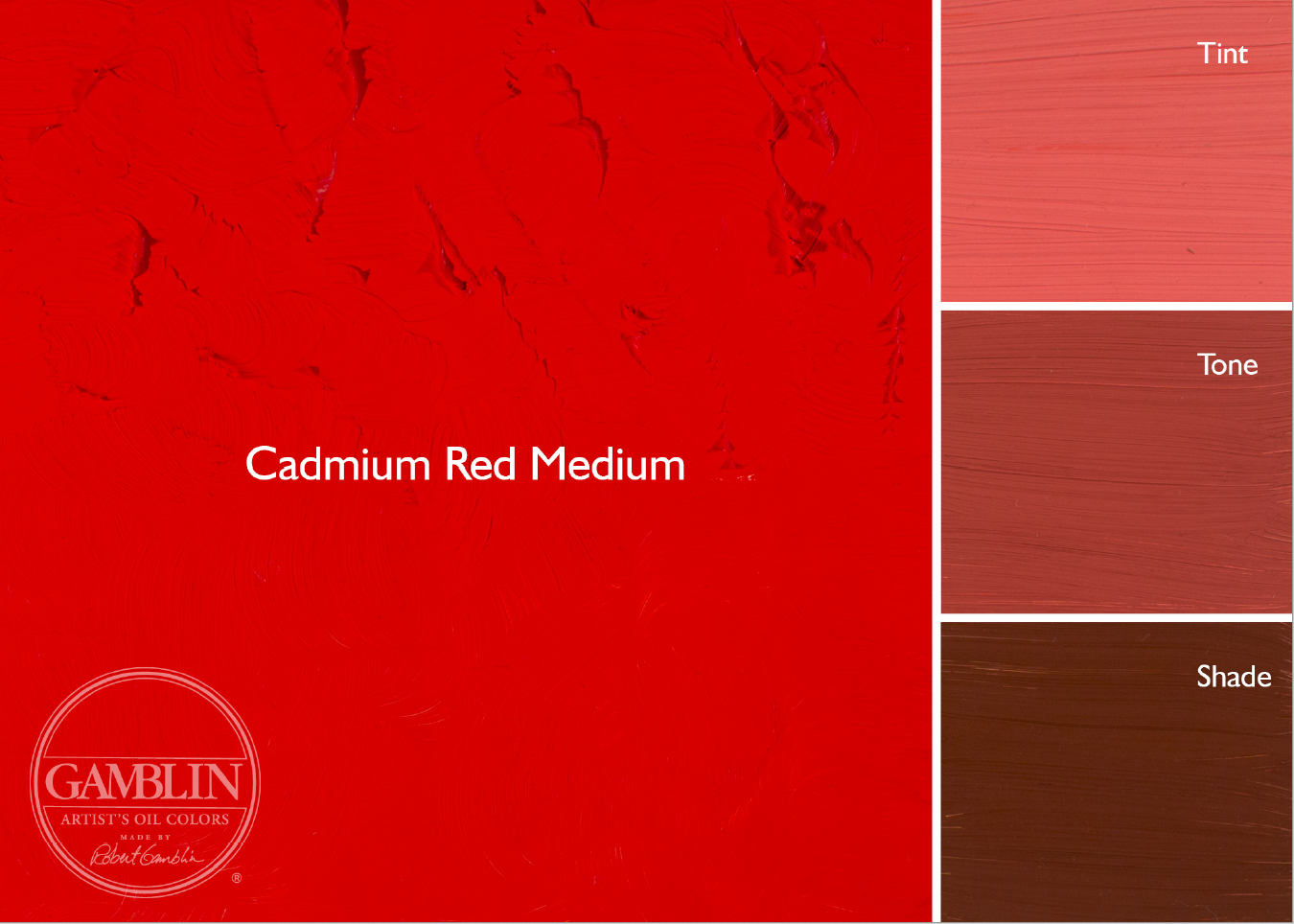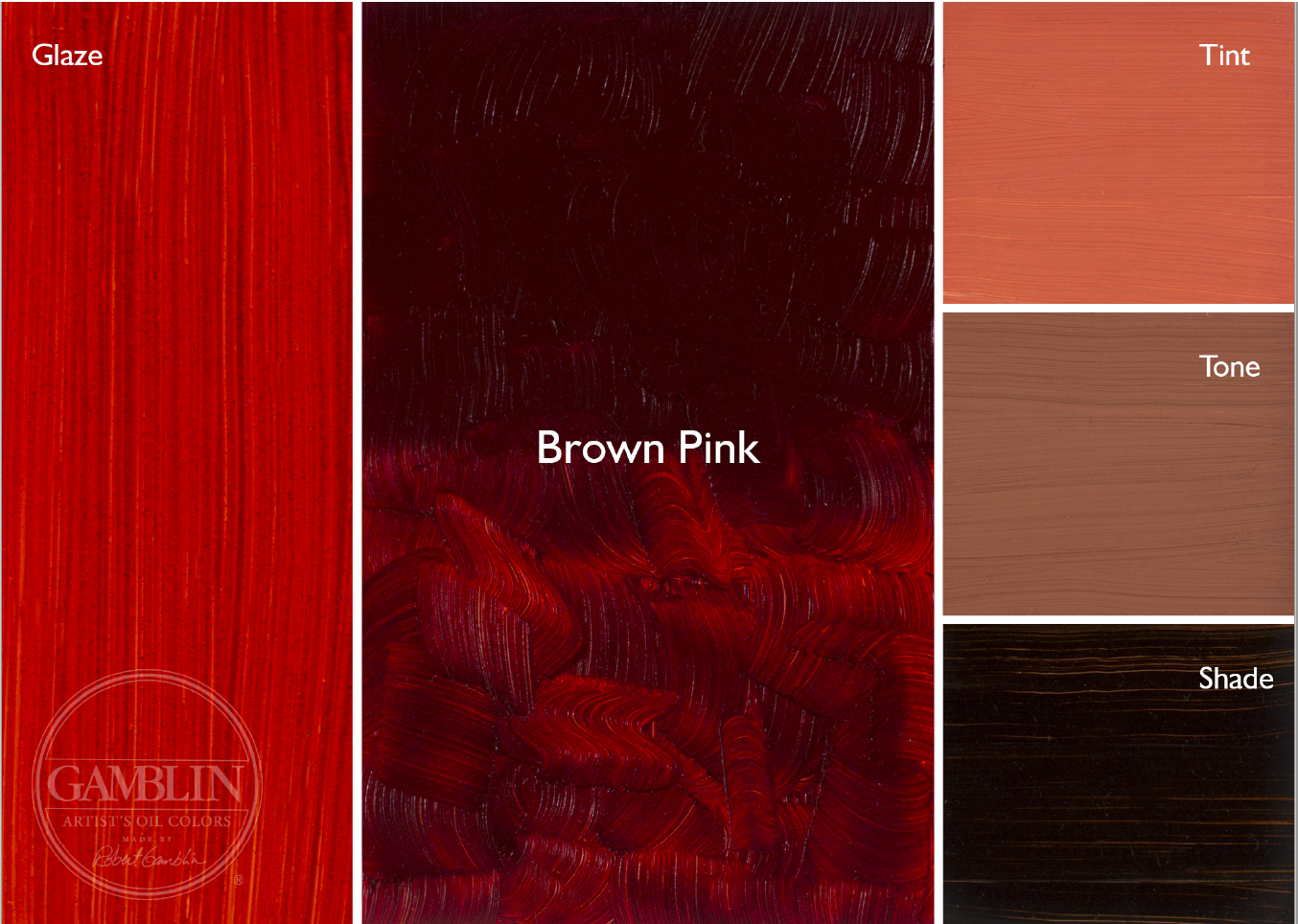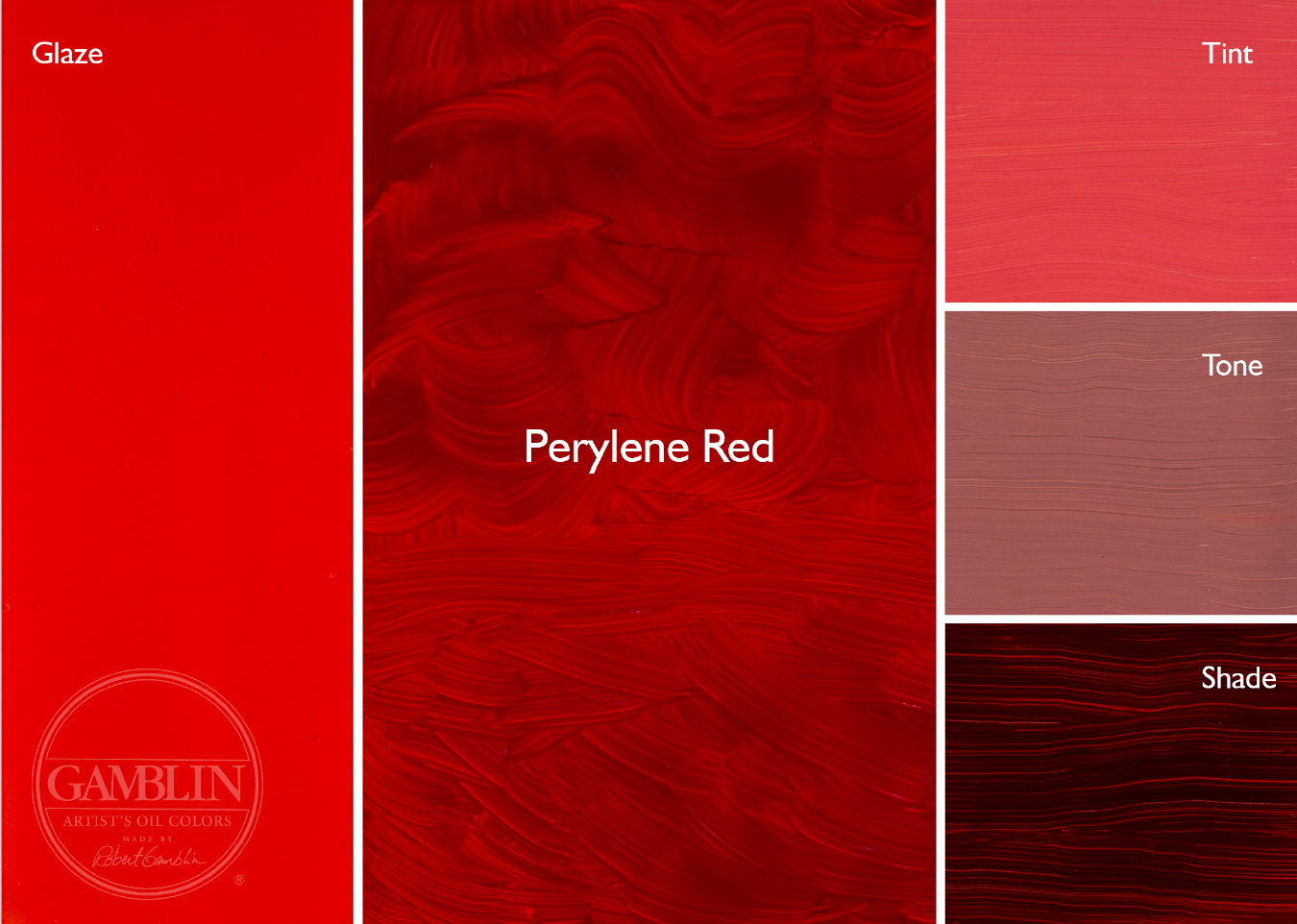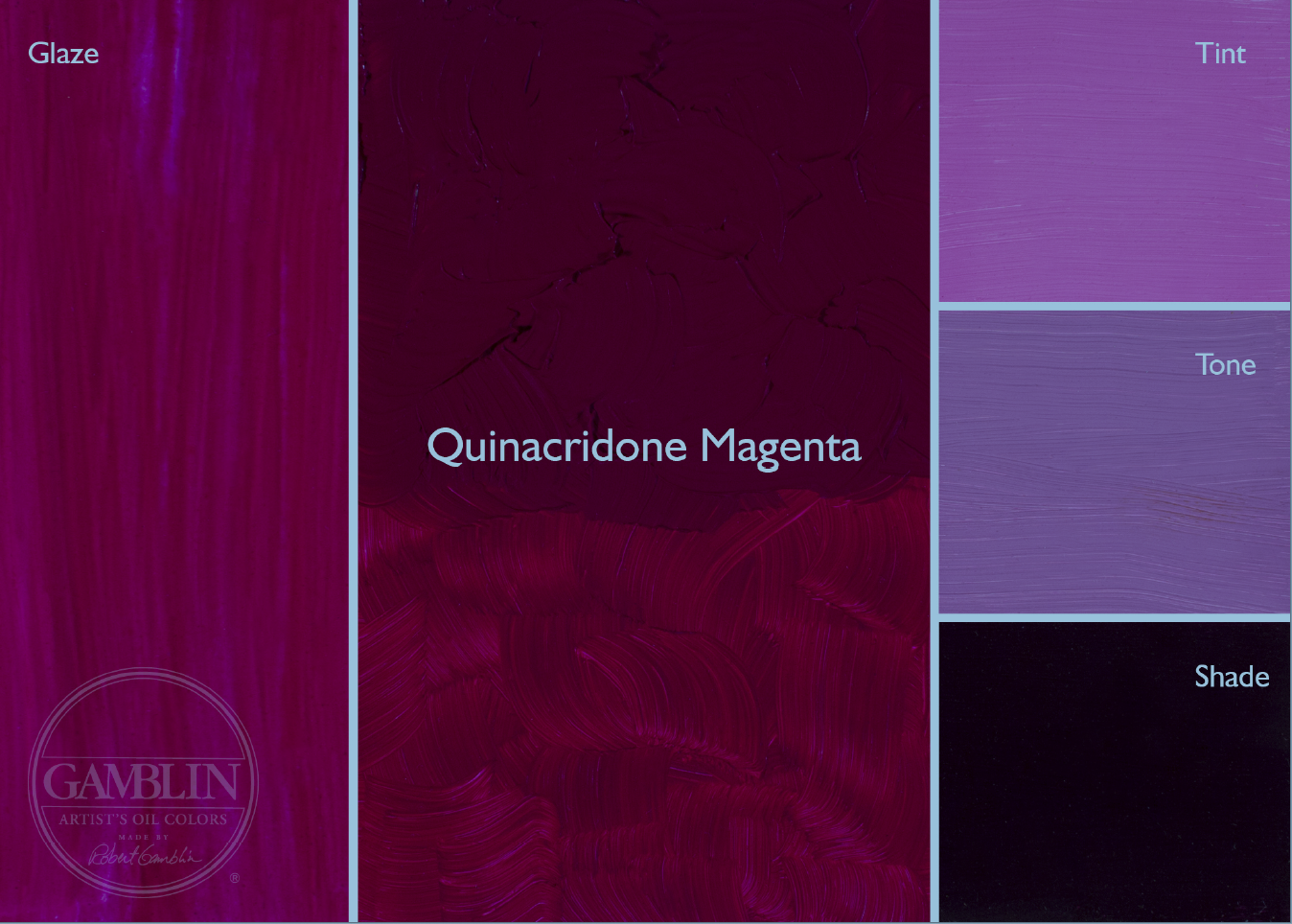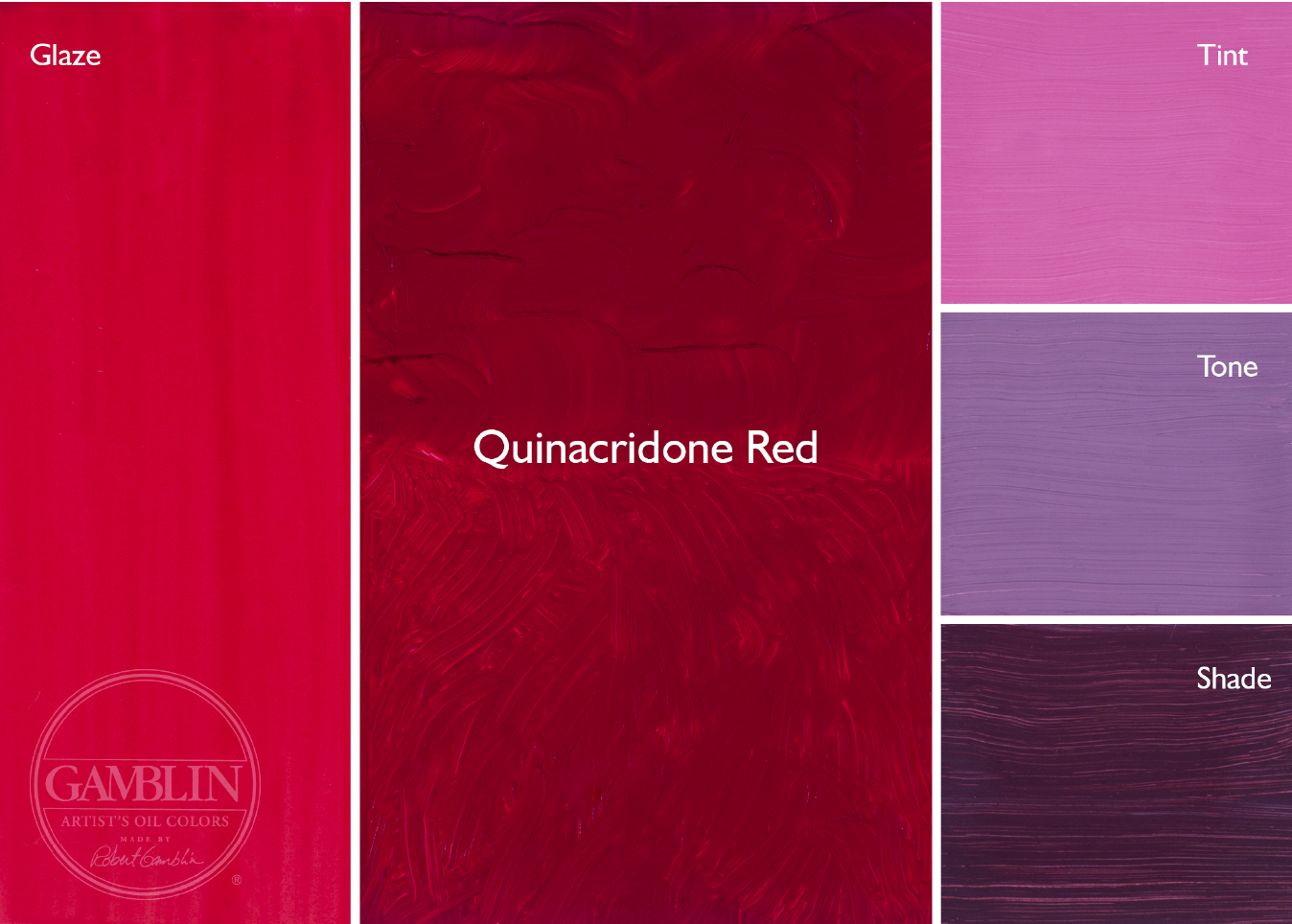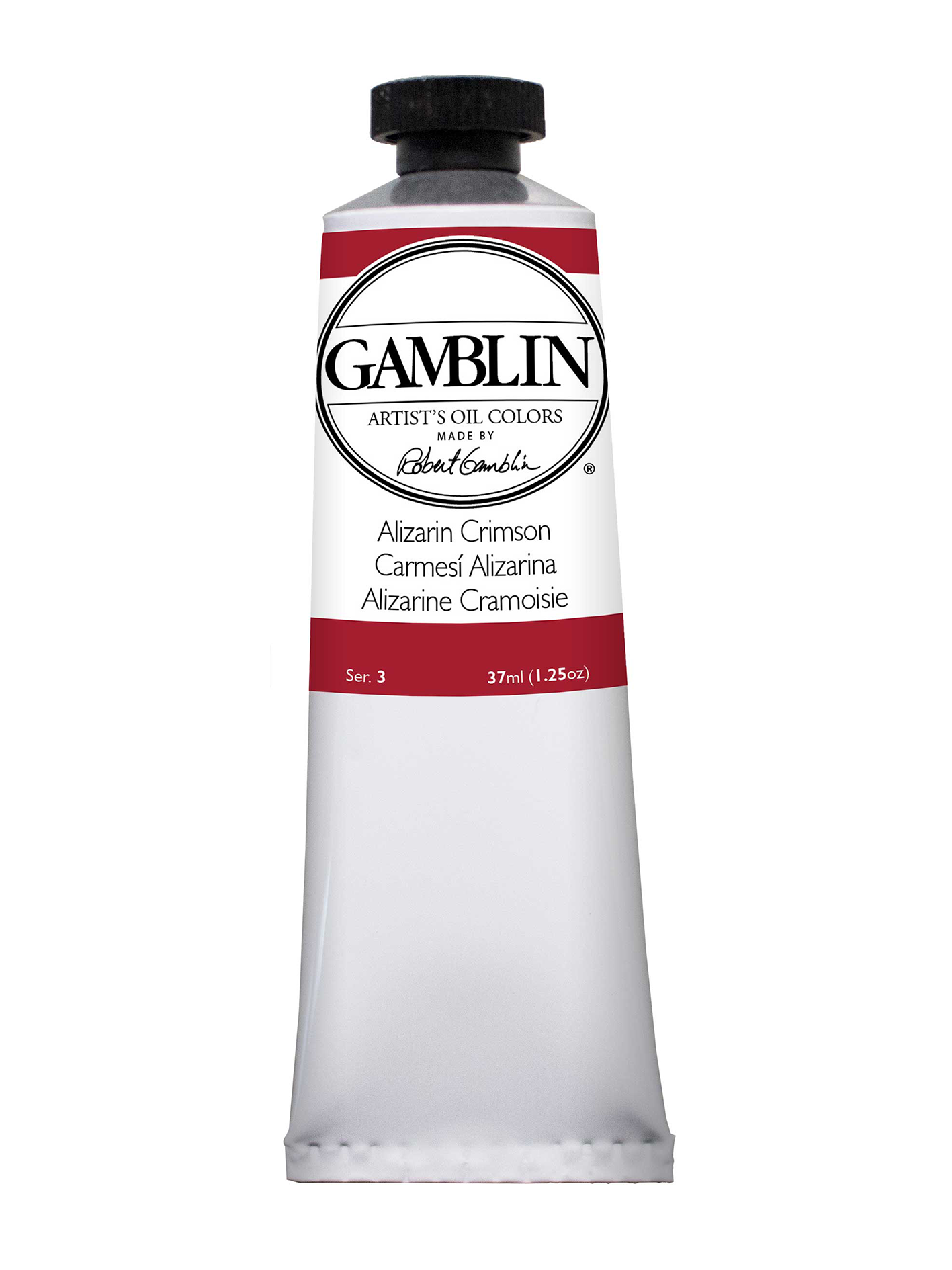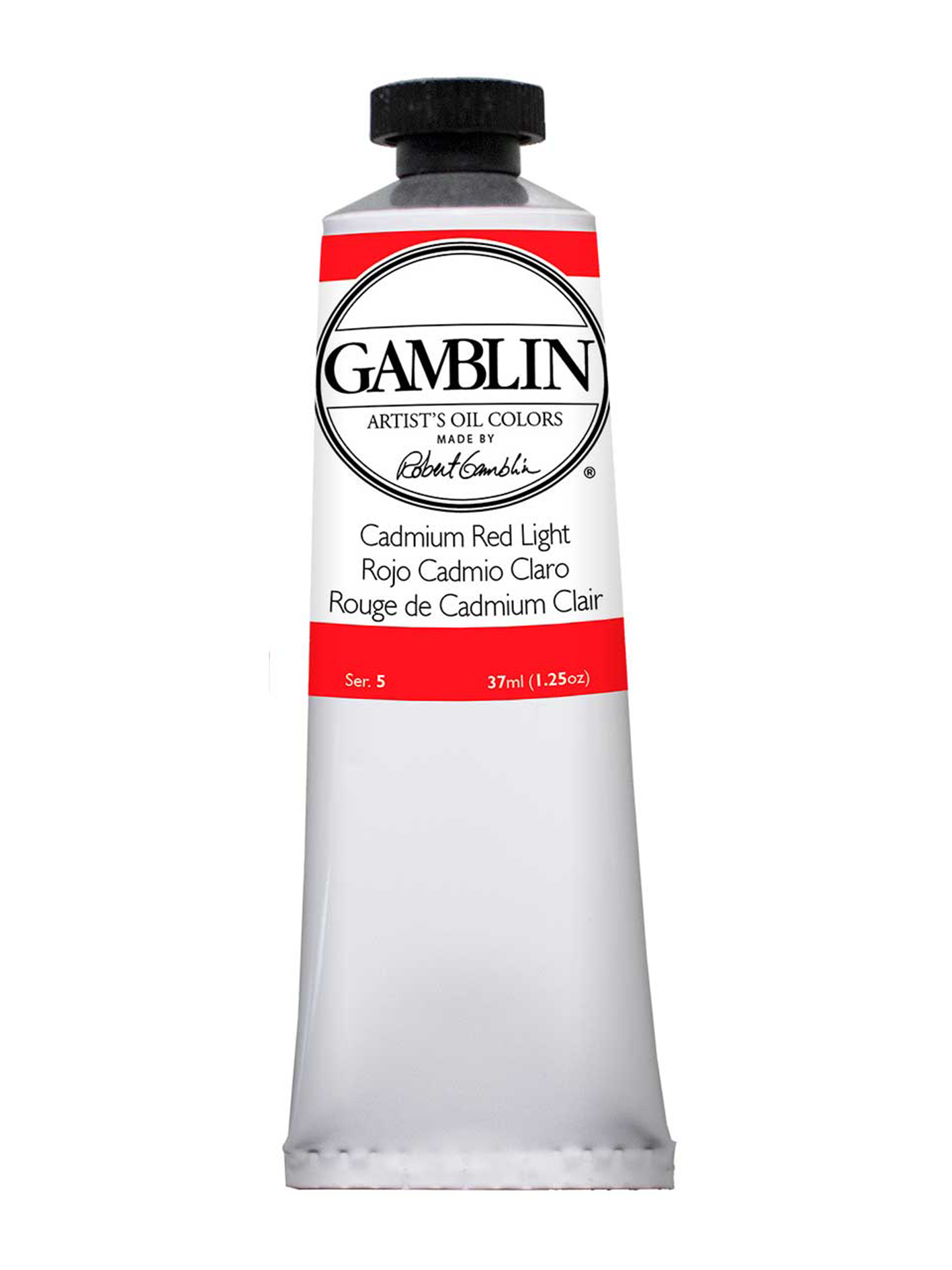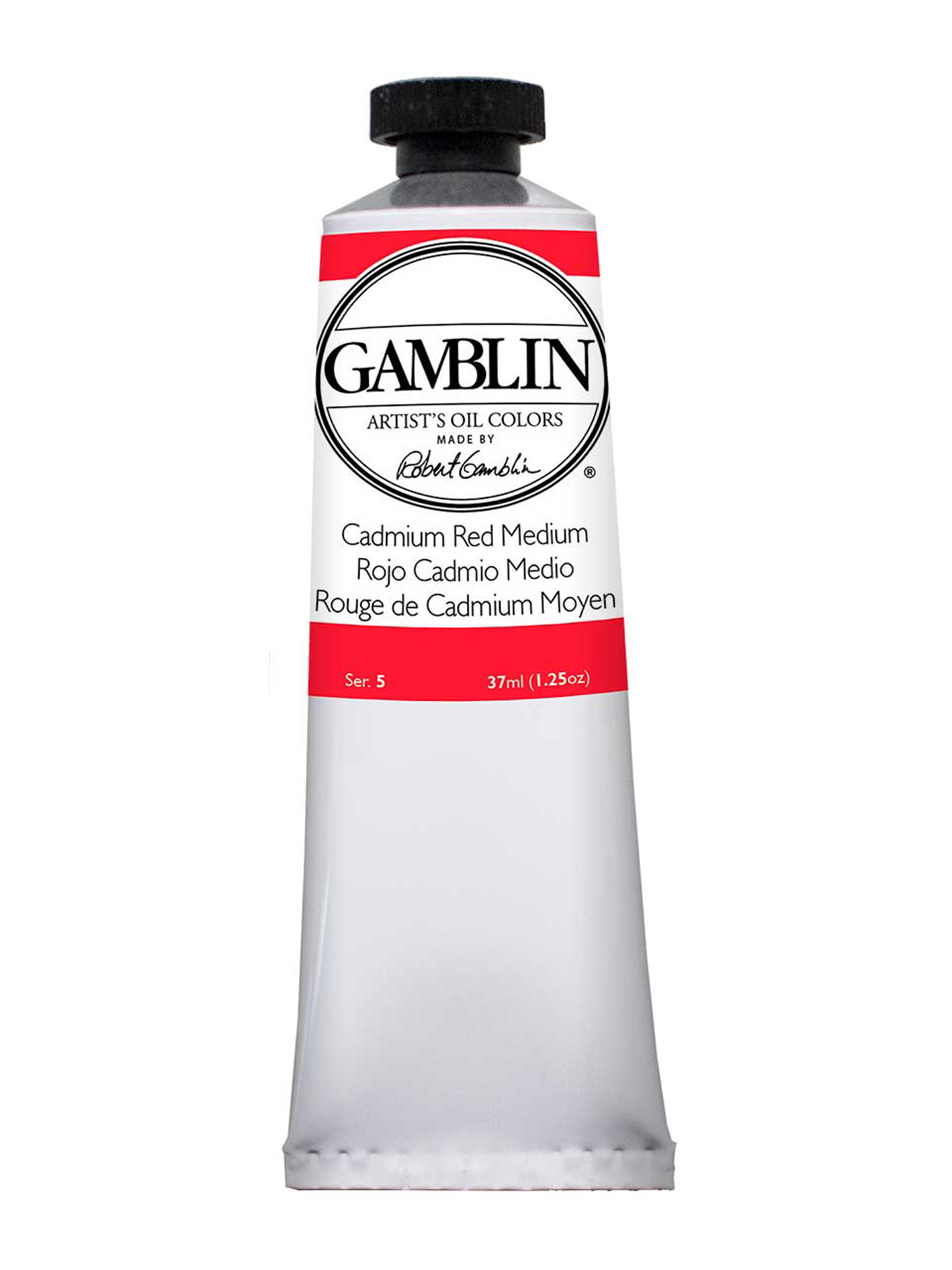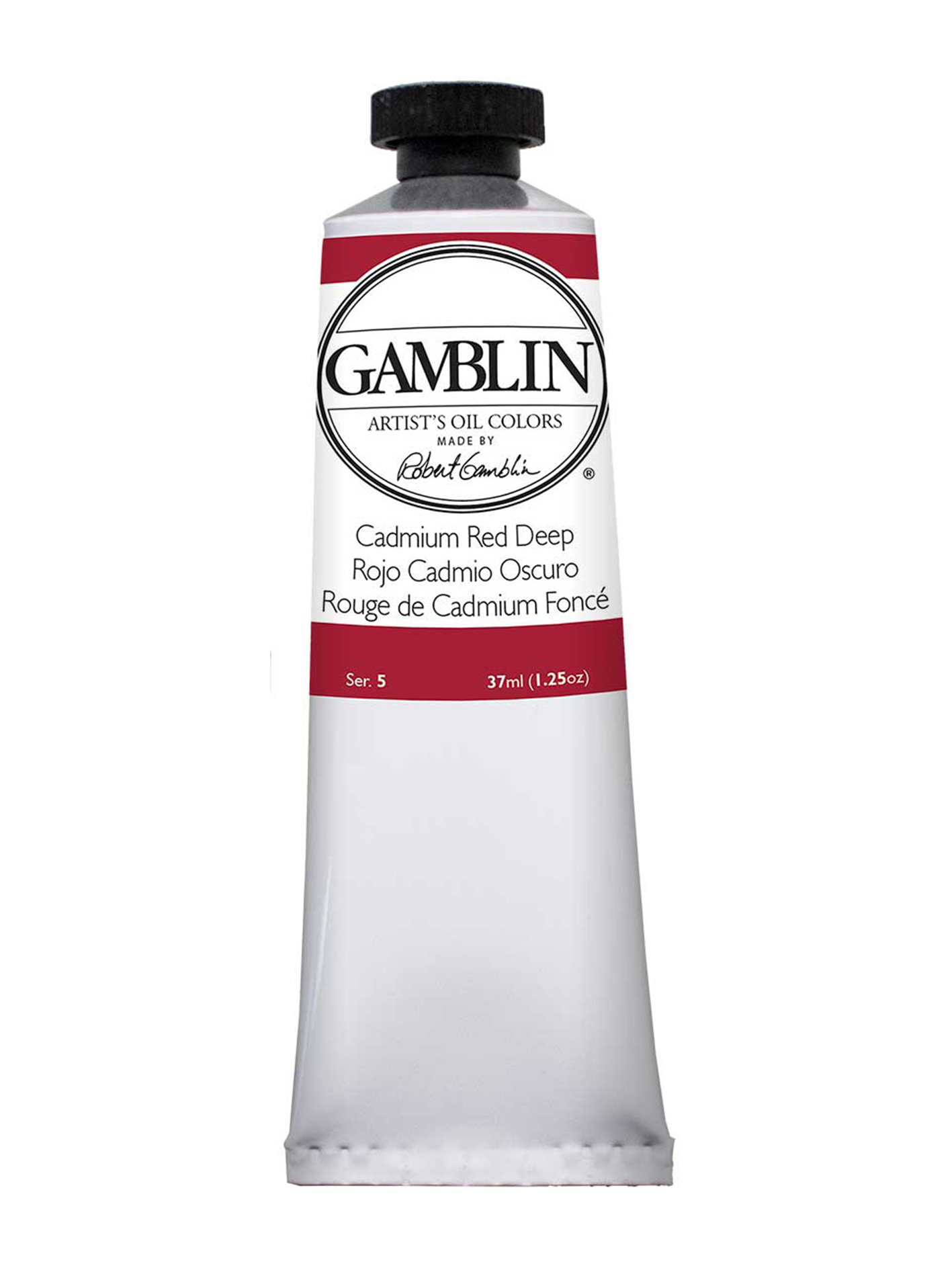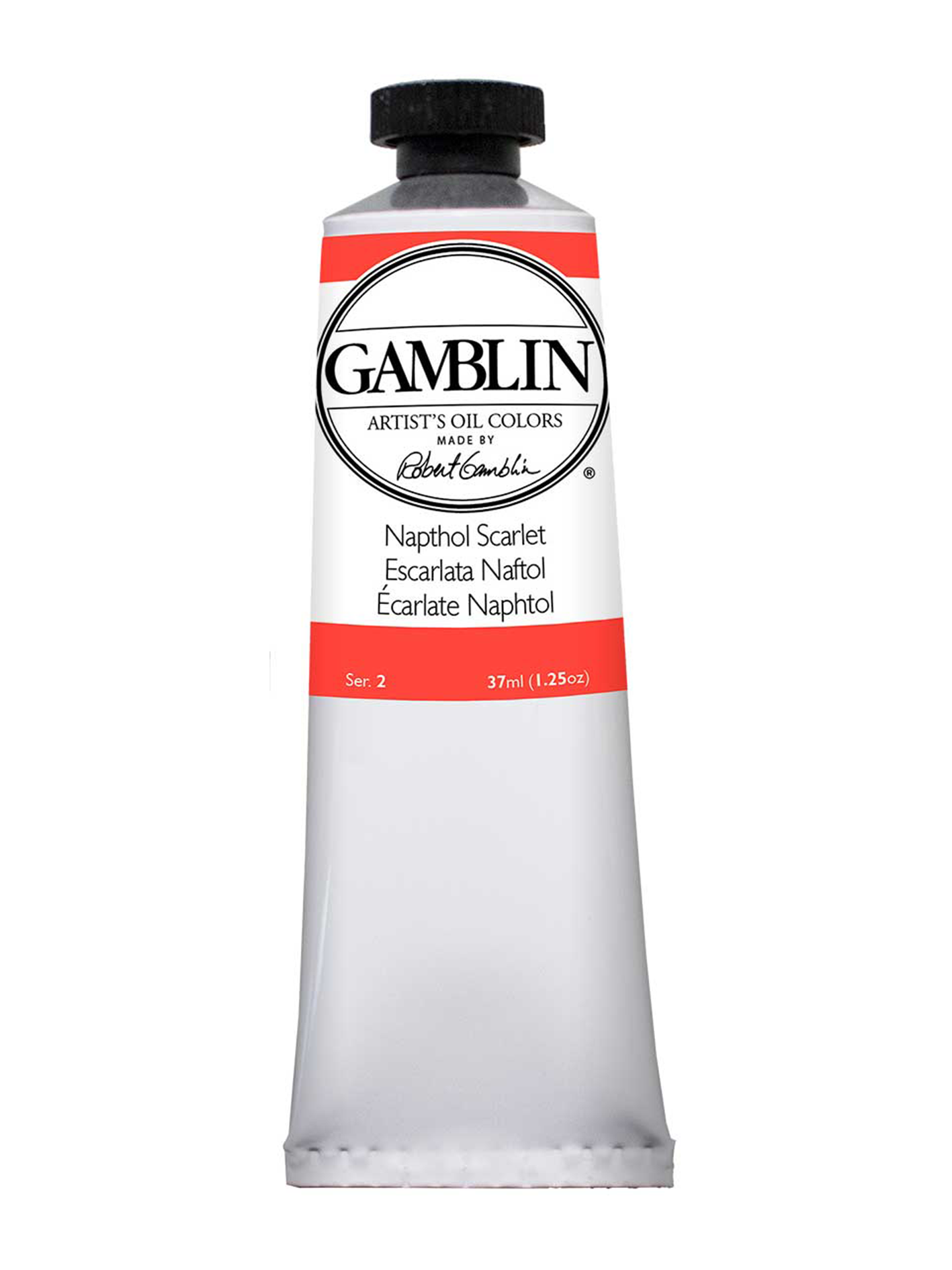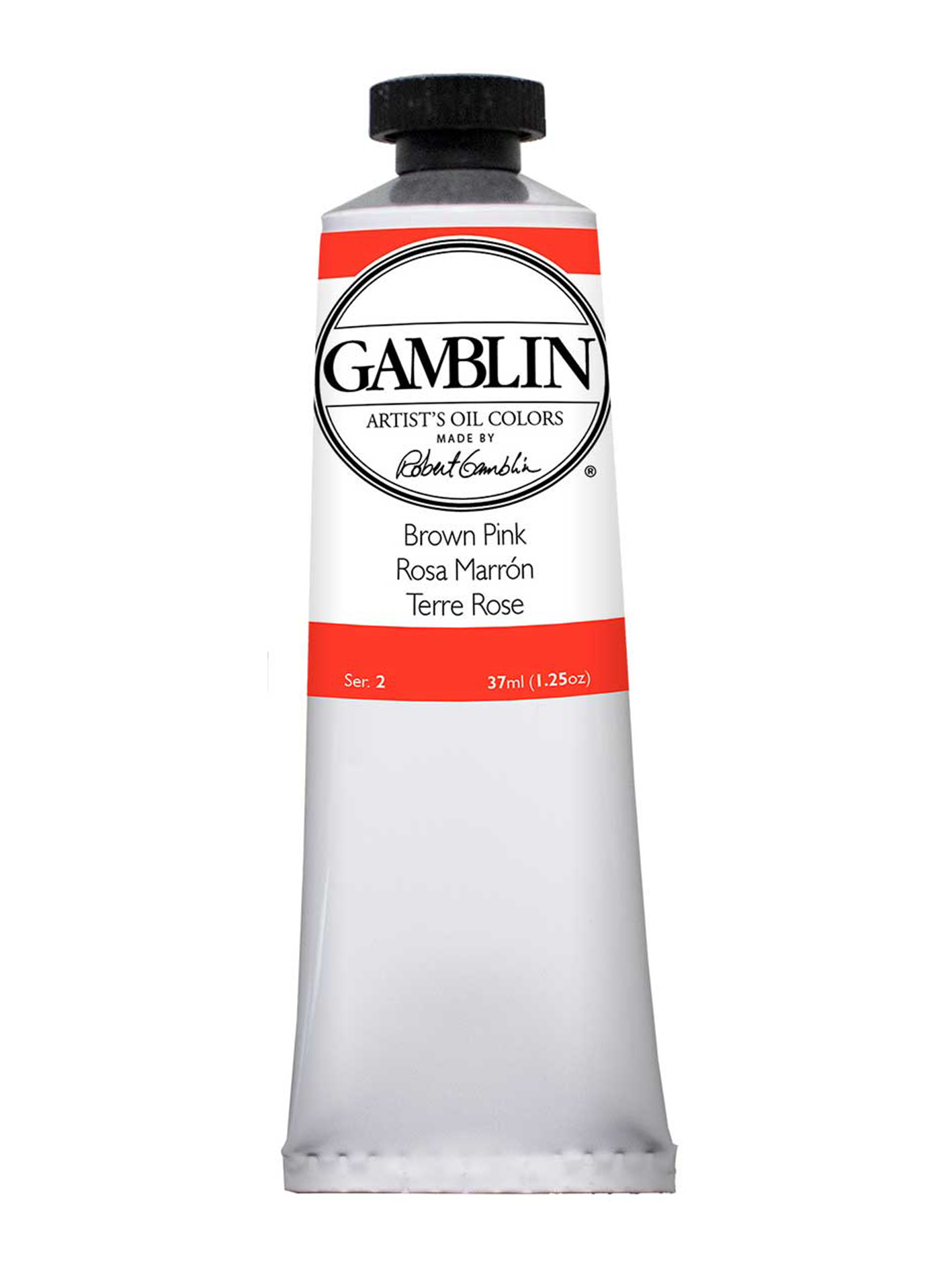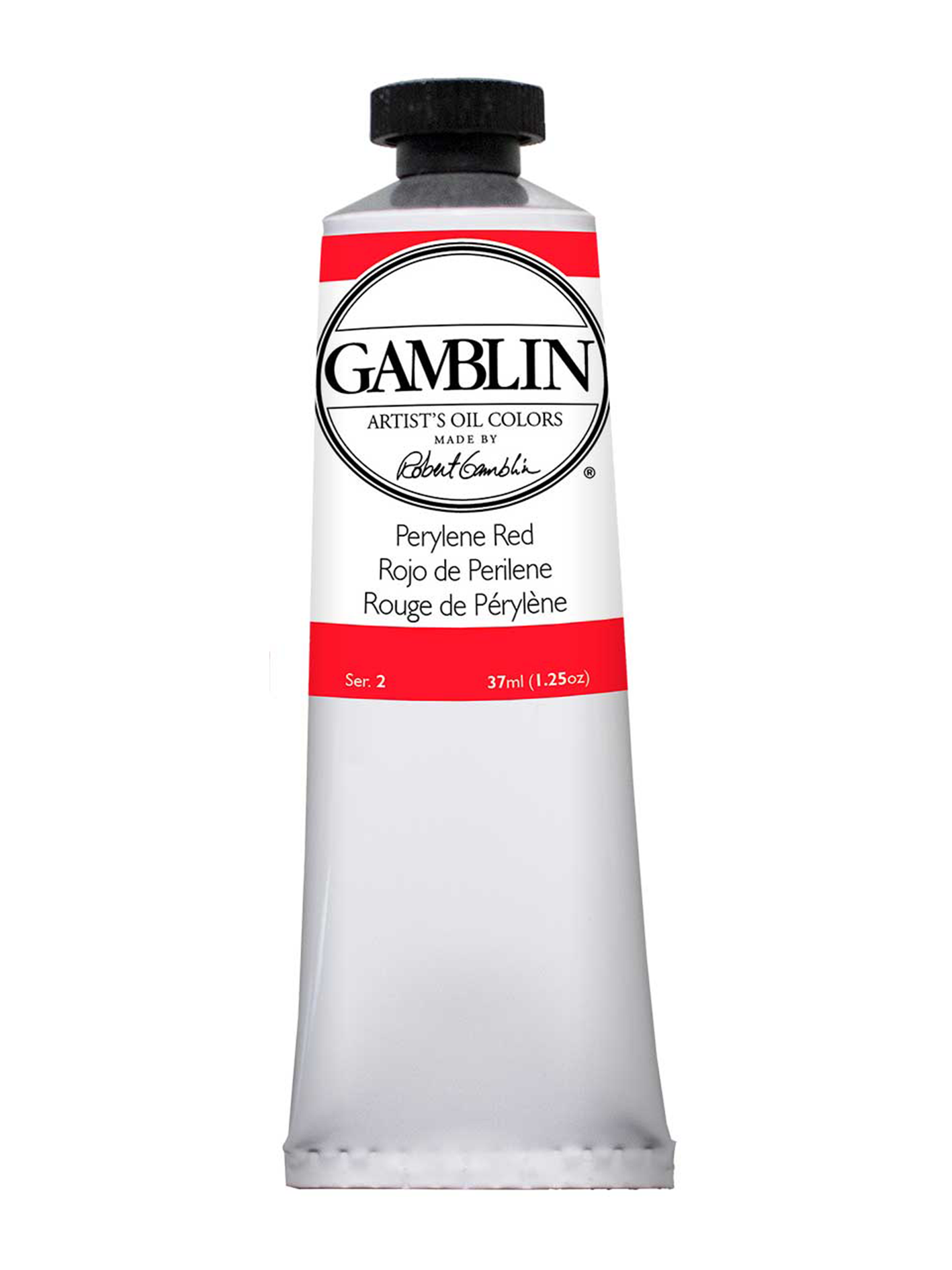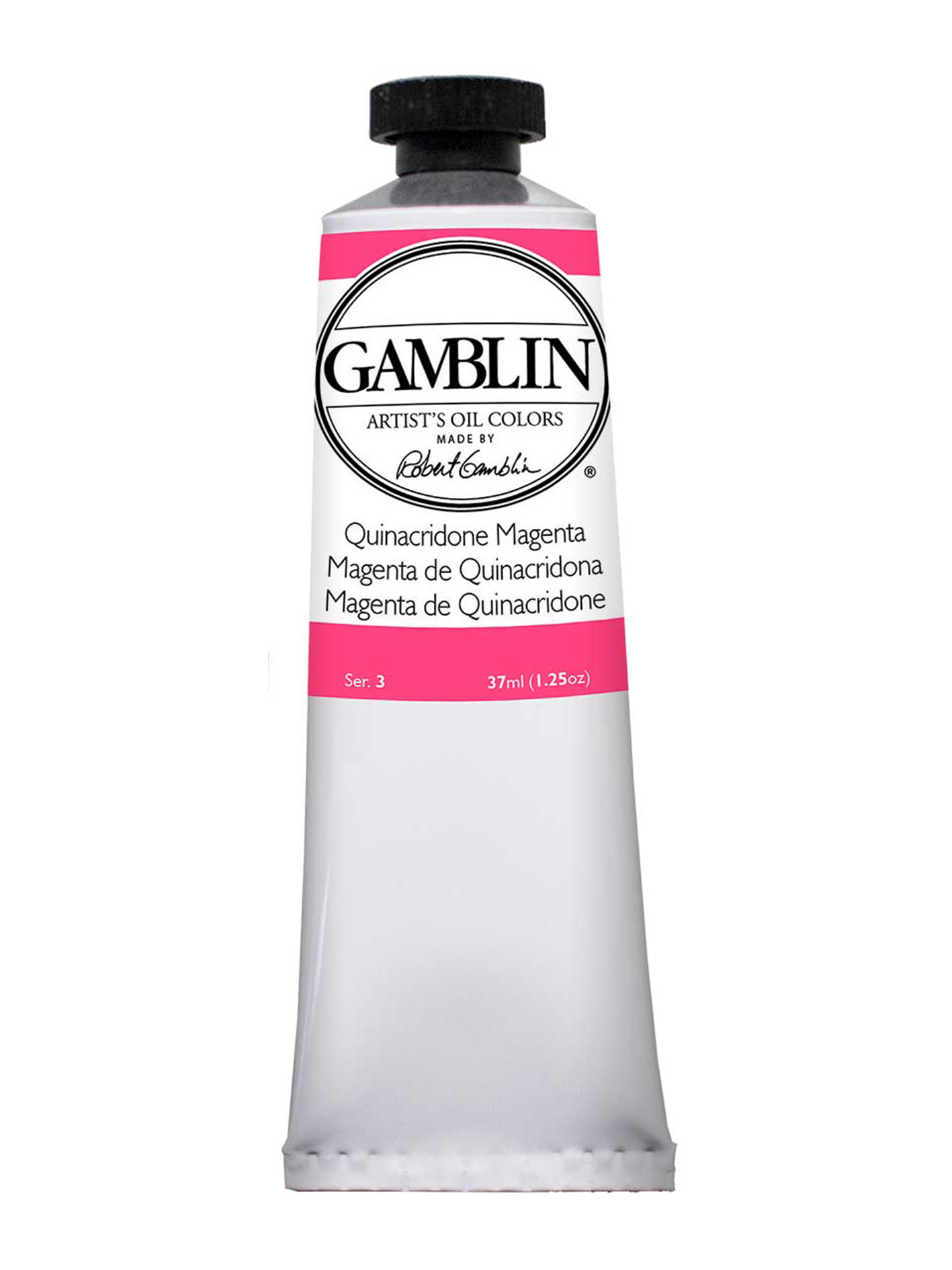GAMBLIN ARTIST GRADE OIL COLOURS 37ML (REDS) [Restocked: 3/3/24]
Couldn't load pickup availability
Since the introduction of Cadmiums at the turn of the 20th century, the red hue family has greatly expanded to include such colors as the semi-transparent Napthol and Perinone Reds and the transparent Quinacridone Reds.
Using transparent reds opens possibilities unthinkable before this century. Instead of making glazes by thinning down an opaque color (which doesn’t increase transparency) or choosing the less lightfast alizarins, painters can use Perylene Red, a warm lightfast red that is completely transparent. Just imagine what Turner might have done with these reds!
Until the late 20th century, scientists were not able to tell the difference between human blood and earth red (ferric) iron oxide pigments. Vermillion was an alchemical mixture from the 9th century AD. Combining sulfur and mercury may have been an attempt to produce the philosopher’s stone. The resulting bright, opaque red was a marvel short of philosophy but a delight to painters for a thousand years. The earth red and vermillion colors were prepared by Robert Gamblin for a Smithsonian Institute research project and are not available from Gamblin Artists Colors.
Early artists knew the difference between fugitive and permanent pigments. They realized earth reds do not change through time or as a result of climate. Earth colors are rated ASTM Lightfastness I – the highest lightfastness rating. Iron oxide deposits are still found all over the world. Anthropologists believe the hematite (anhydrous ferric oxide) mines in South Africa have been worked for more than 40,000 years. There is an almost universal use of red pigment for funerary purposes. The underground color suggests an association with life-sustaining blood. Hematite is a natural form of iron oxide red found in Neanderthal caves where 20,000 to 35,000-year-old bodies had been completely submerged in the red pigment.
Cinnabar, the principal ore of mercury came from the Almaden mines of Spain for the artists of Pompeii. Cinnabar, a soft earthy lump of bright red, was an ingredient in recipes for preparing the philosopher’s stone as well as the artists’ color, Vermillion. Since the thirteenth century CE, red artists’ color has been artificially synthesized from mercury and sulfur. Vermillion is a dense opaque color that may blacken when exposed to the air or when painted next to white lead. Red lead, which definitely blackens in air, was used as a substitute for genuine Vermillion because it was a less expensive pigment. By the 1930’s, lightfast, permanent with considerably lower toxicity, Cadmium Red had replaced Vermillion on artists’ palettes.
The red earths are common in mural painting and easel painting throughout history. Although completely permanent and lightfast, red earths are dull when compared with the bright reds made from mercury. Other reds were made from organic matter, such as the madder root, dried bodies of insects or pomegranate peel.
It was 1868 before Alizarin was extracted from the madder root. Alizarin Crimson is the least permanent red color commonly found in artists’ palettes today. The madder root and Alizarin colors prepared by Robert Gamblin for a Smithsonian Institute research project are not available from Gamblin Artists Colors.
Tint = Color + Titanium Zinc White
Tone = Color + Portland Grey Medium
Shade = Color + Chromatic Black
Glaze = Color + Galkyd Medium
Available in store: 37ml
*Images and description taken from Gamblin Colours
[Restock Note]
Next restock estimates: TBC
In order to ensure the highest level of customer satisfaction, we are committed to continuously refreshing our inventory by regularly sourcing new shipments directly from the manufacturer.
Please check back if your items are OOS, or email us at hello@drawingetc.com for custom orders or restock notice.

